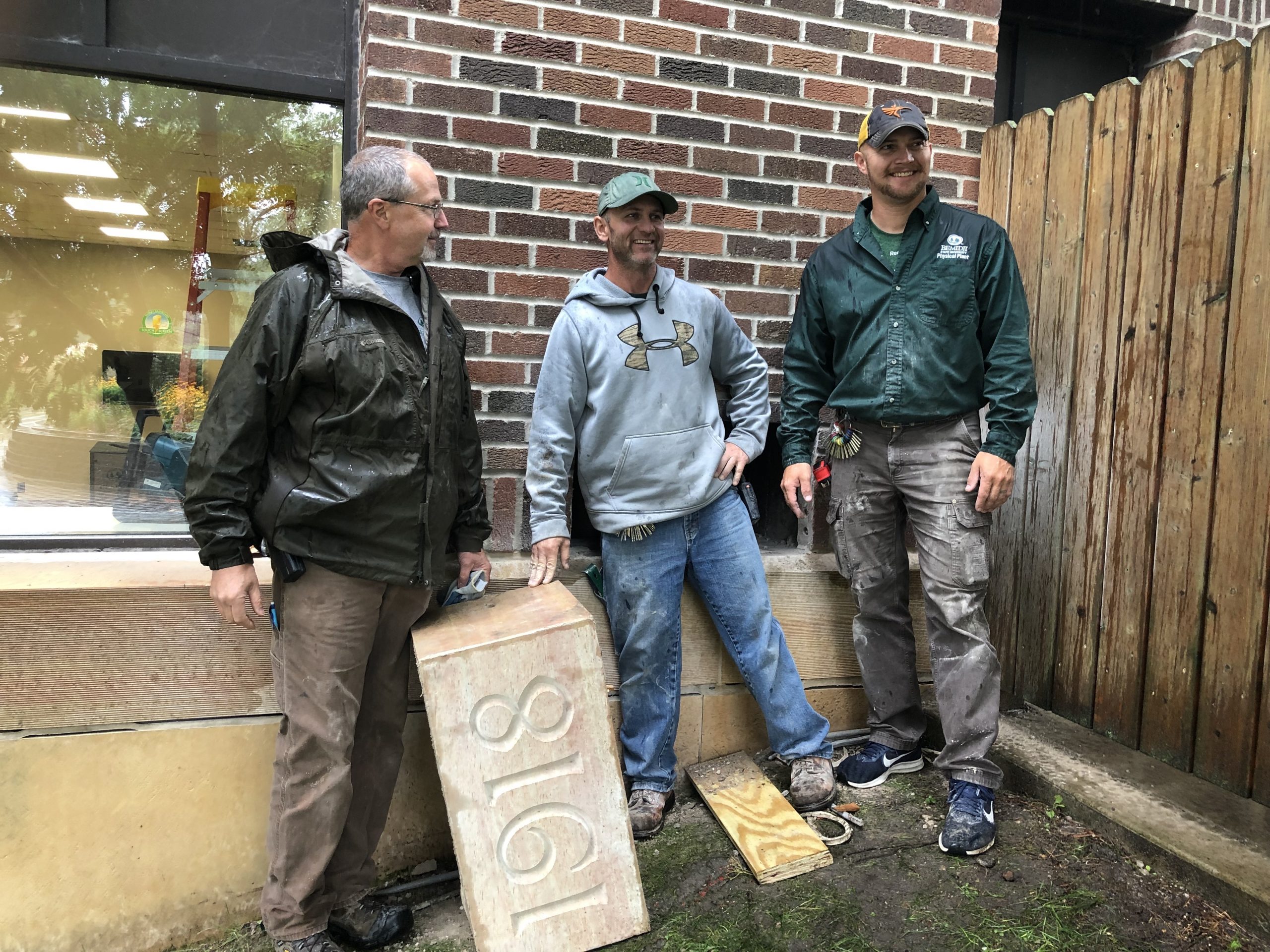
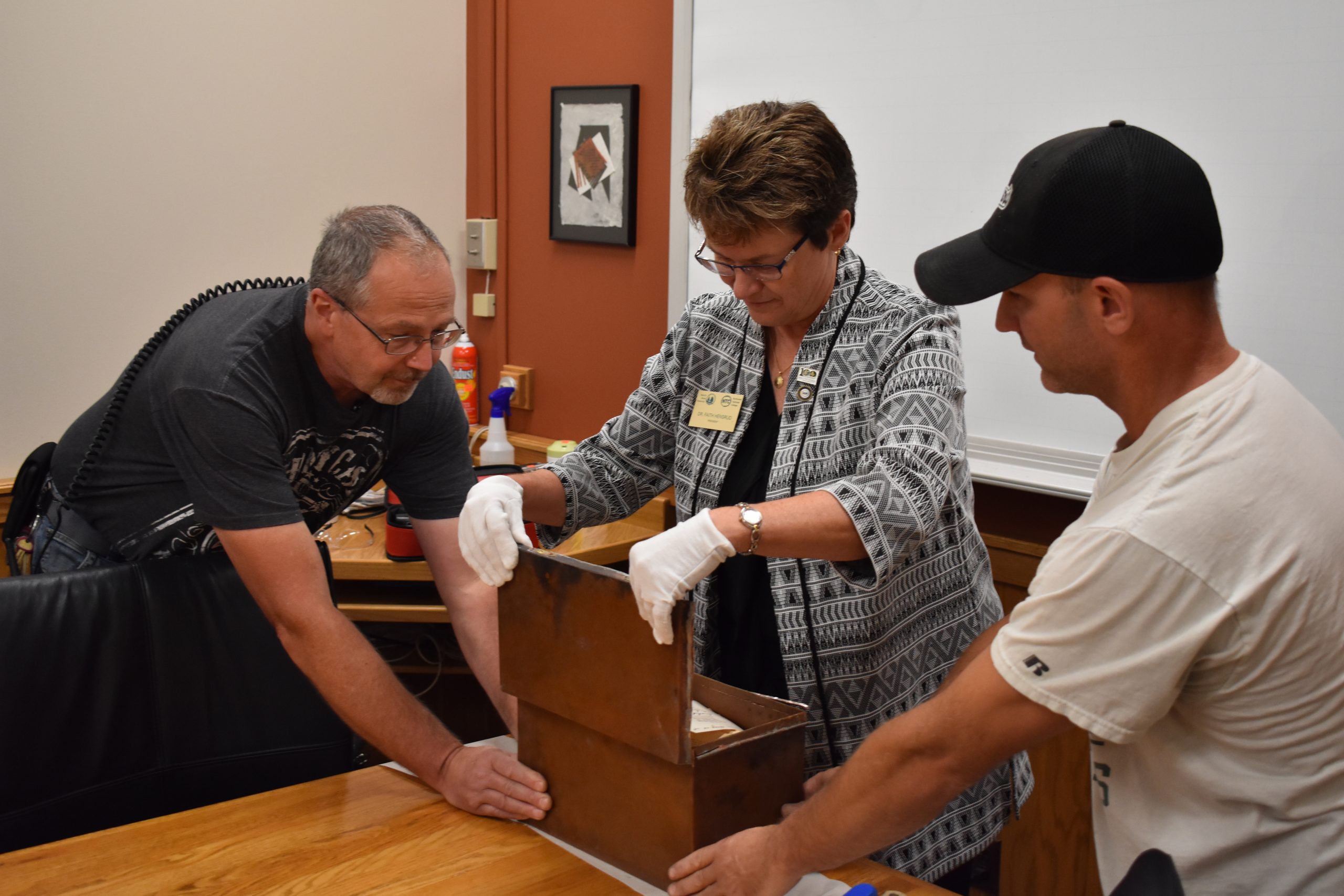
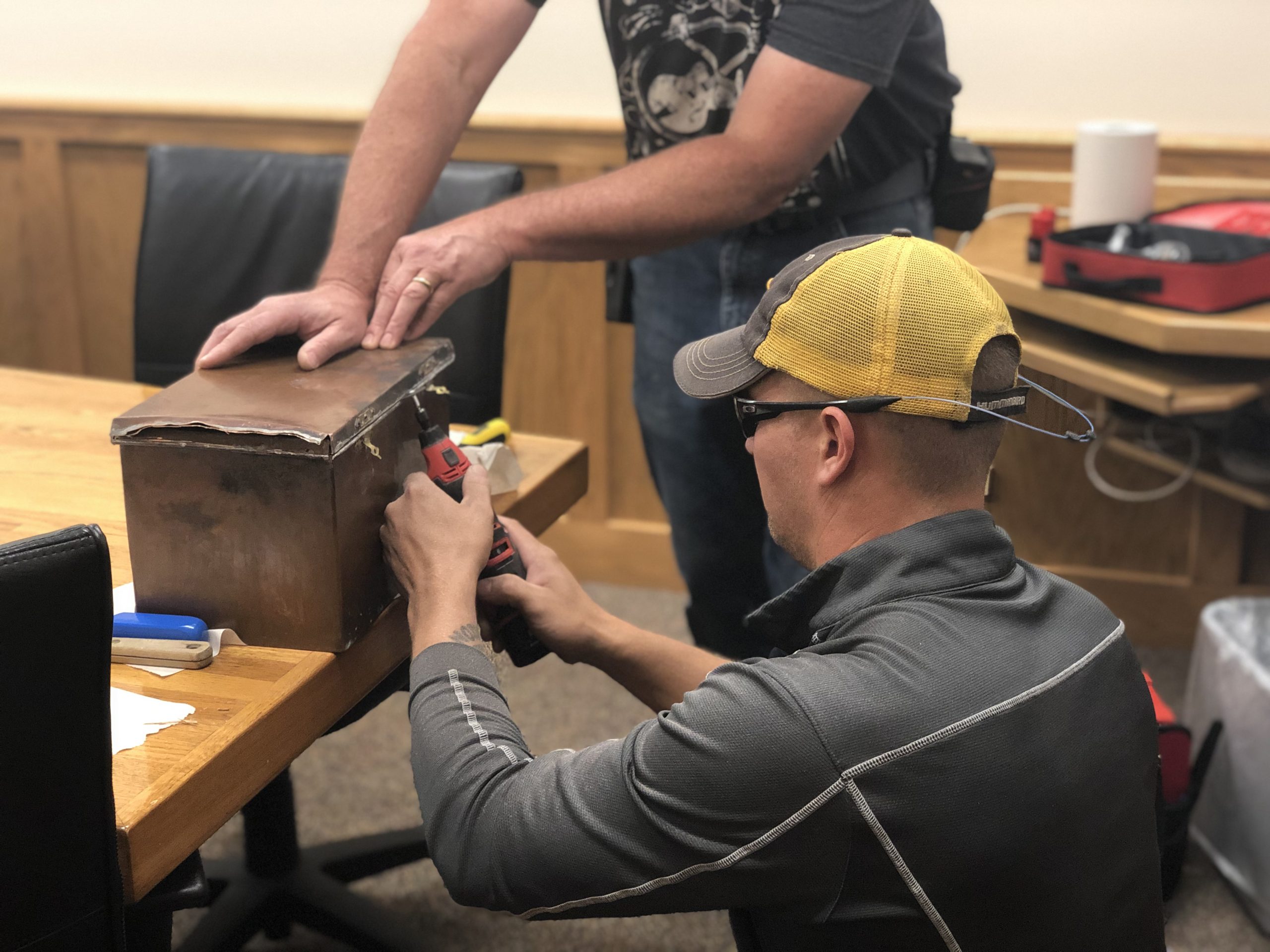
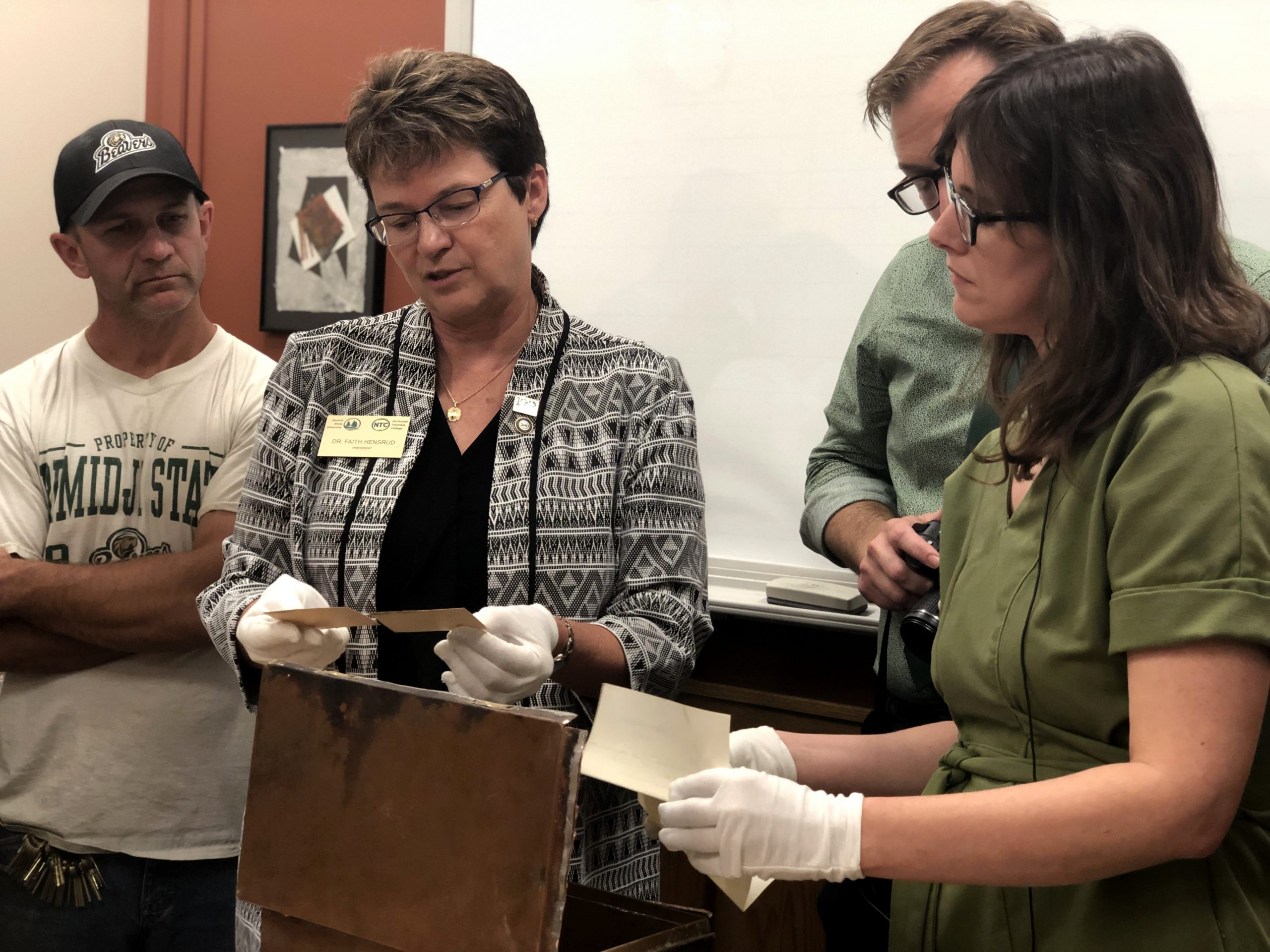
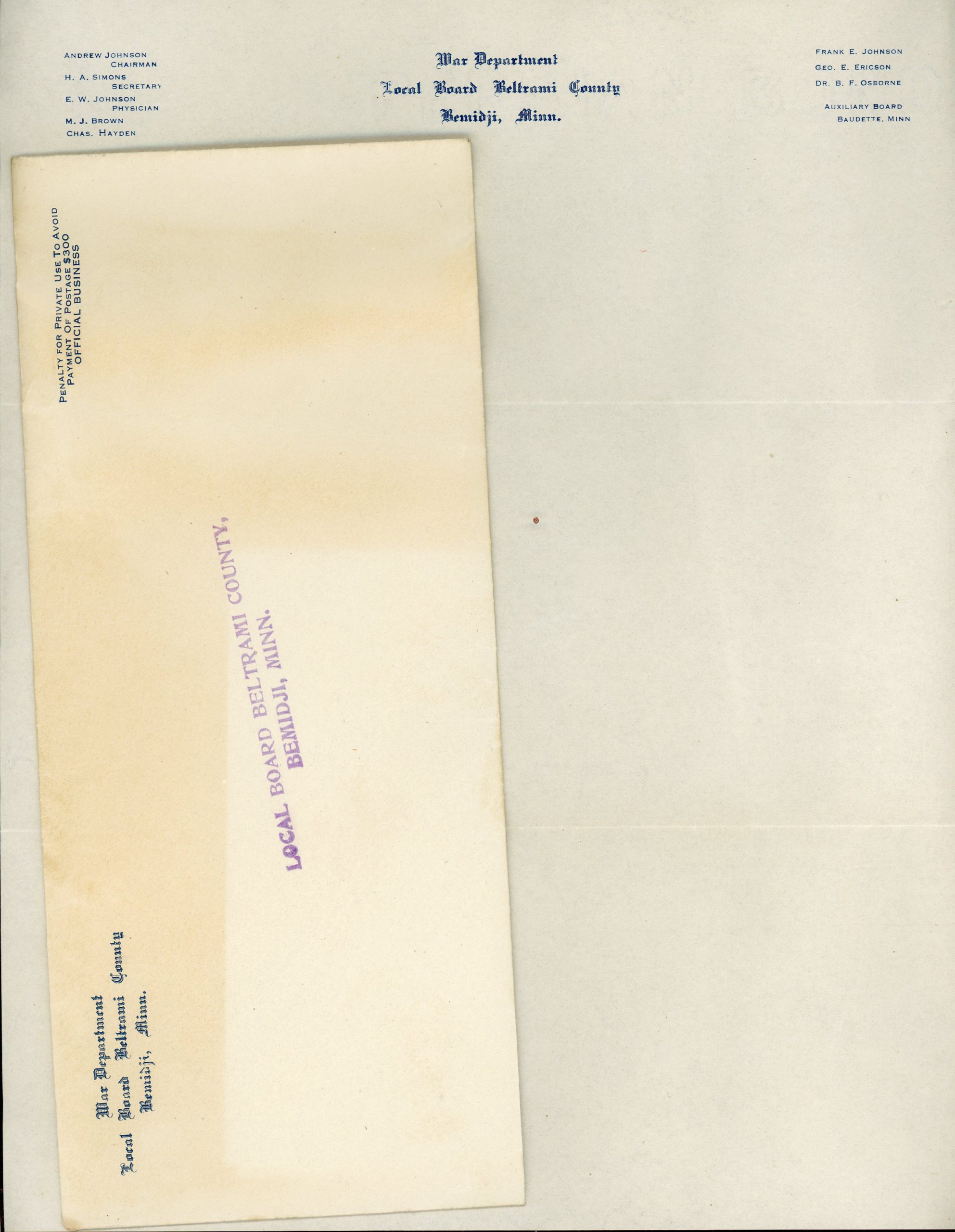
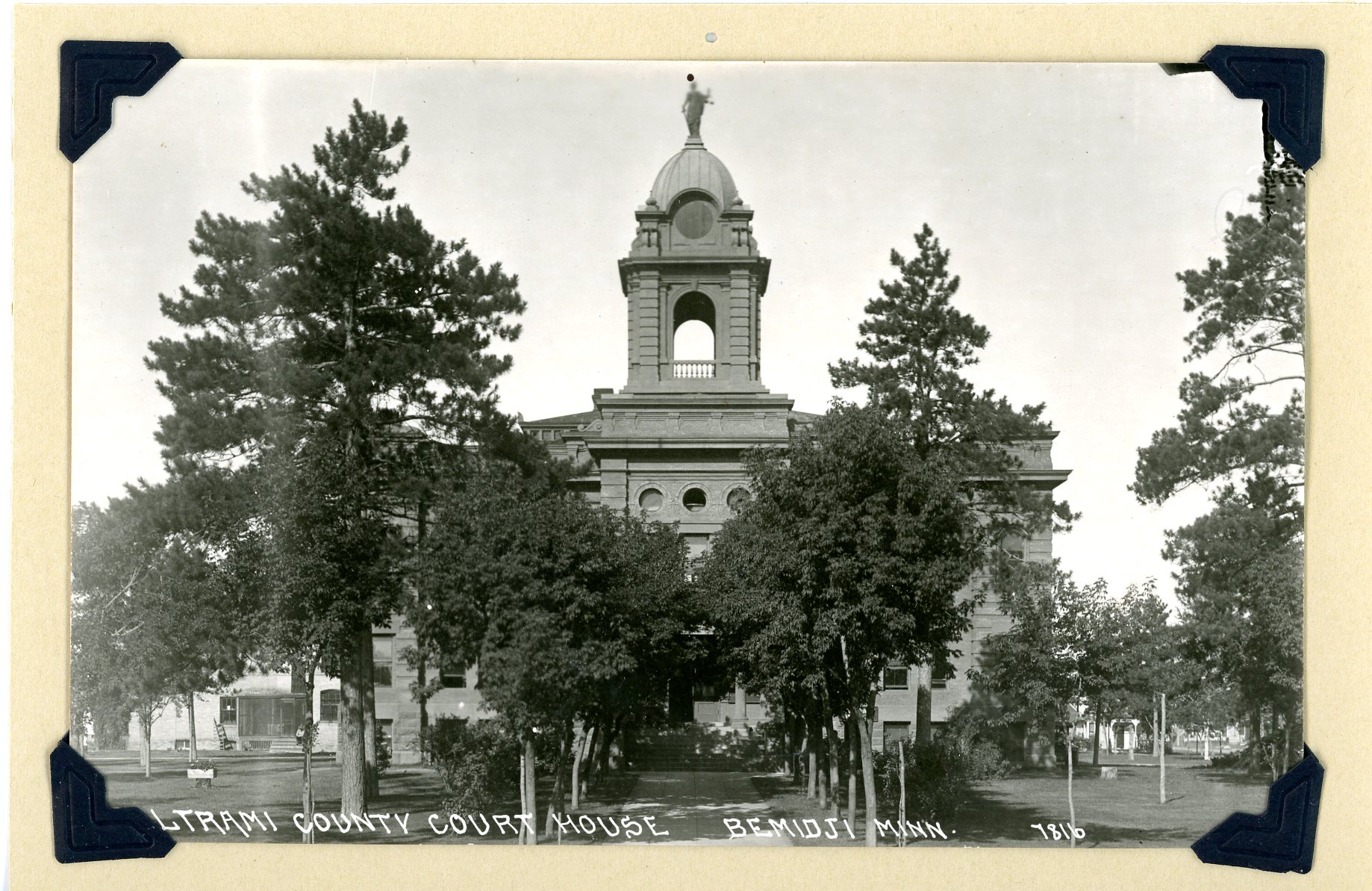
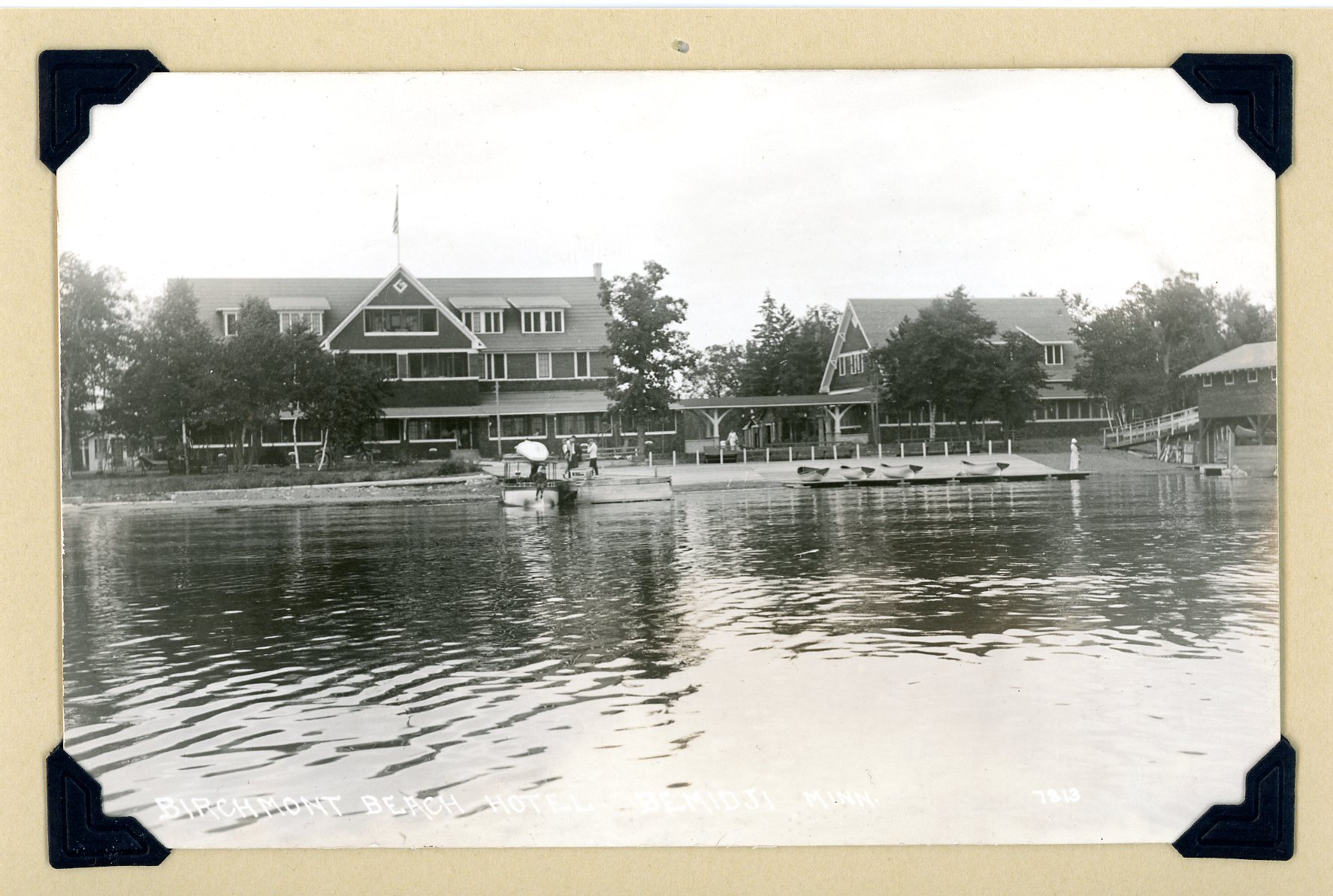
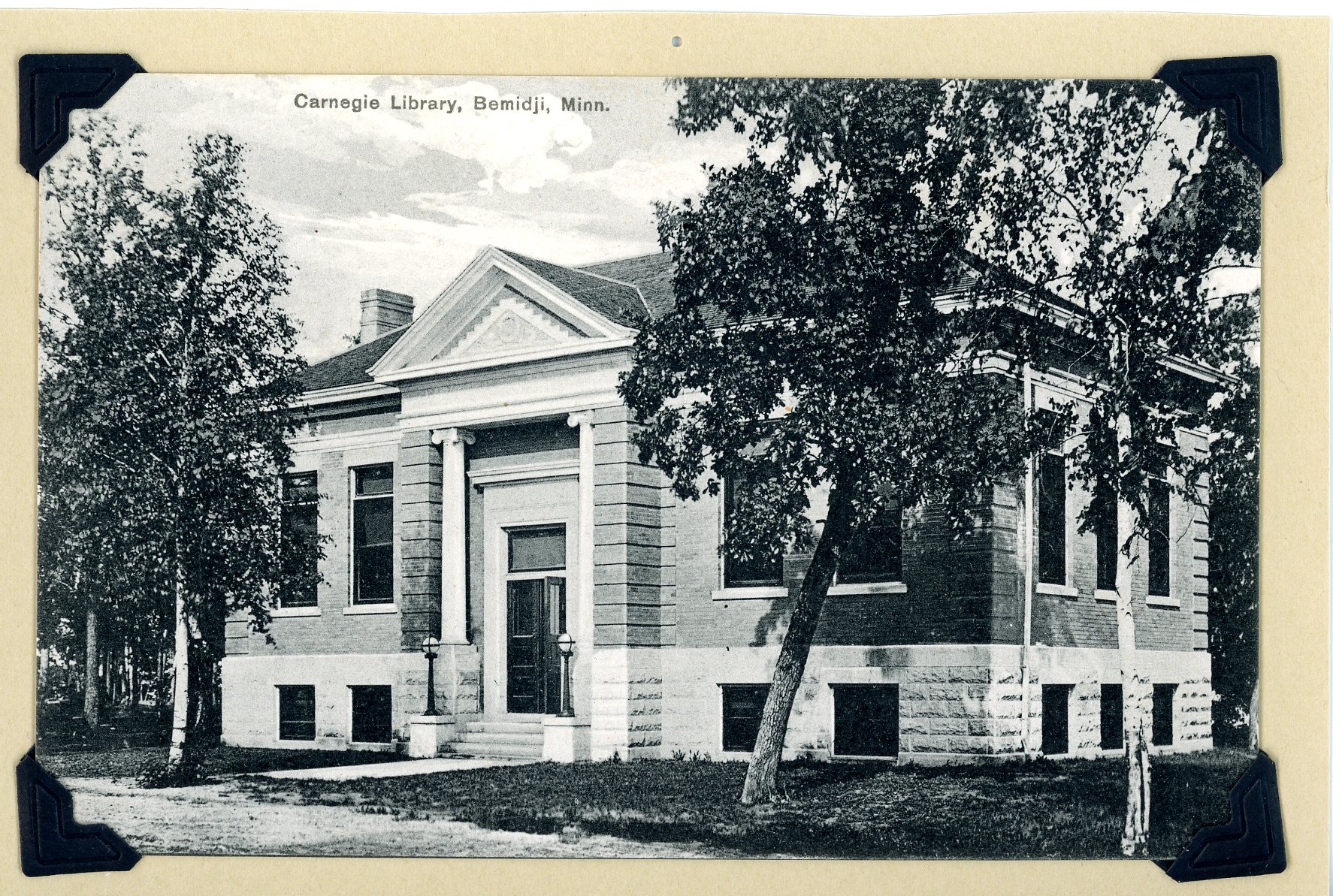
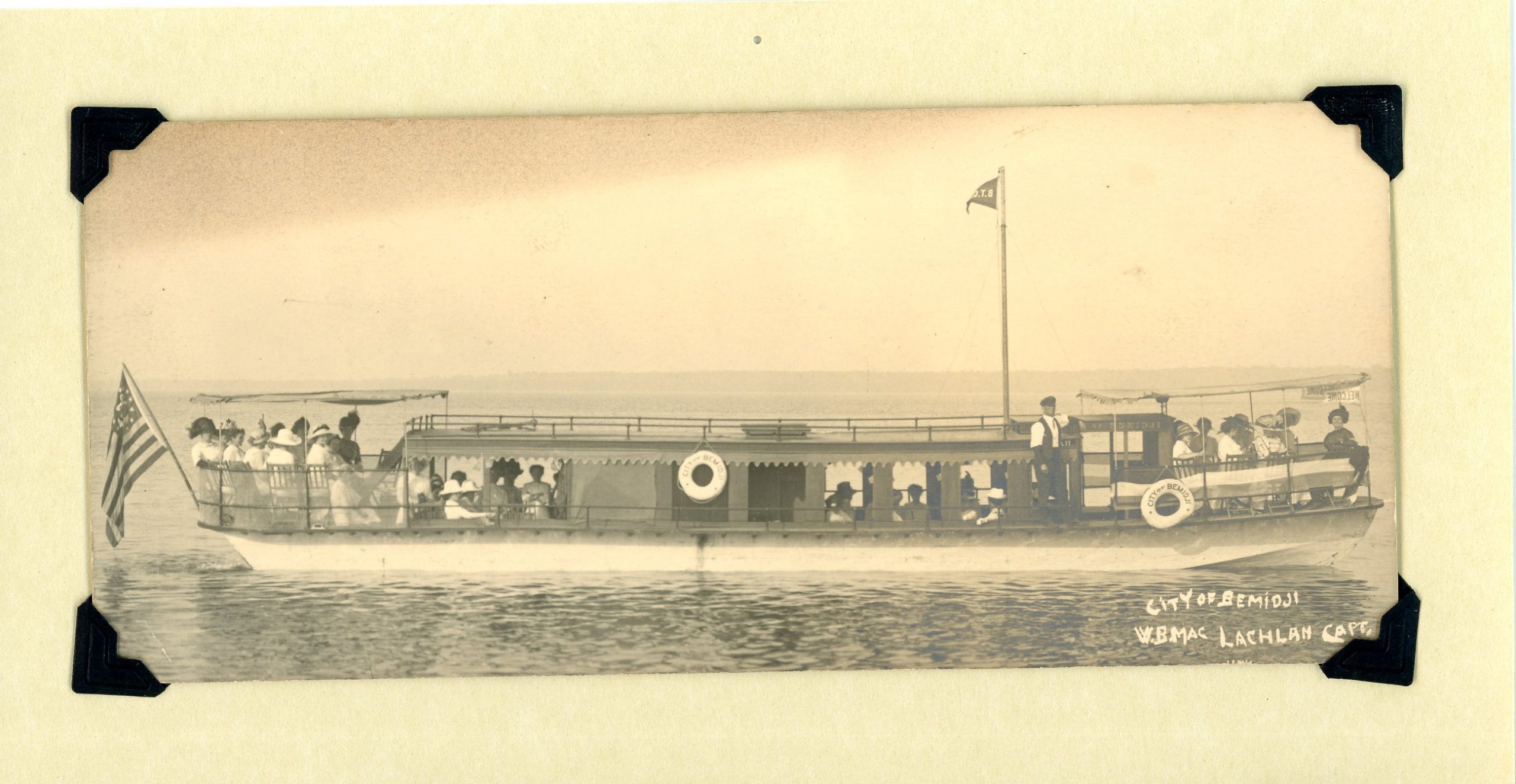
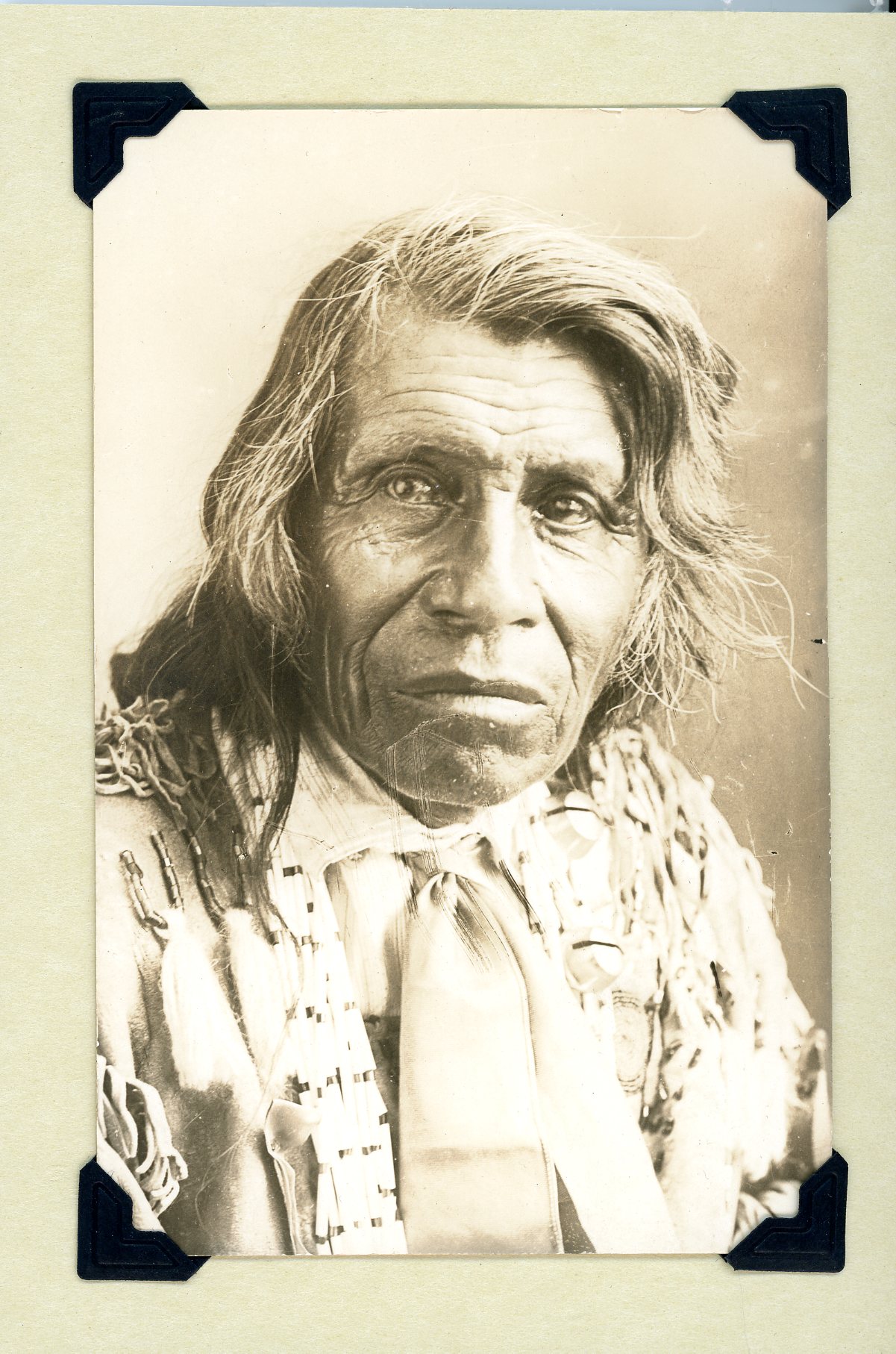
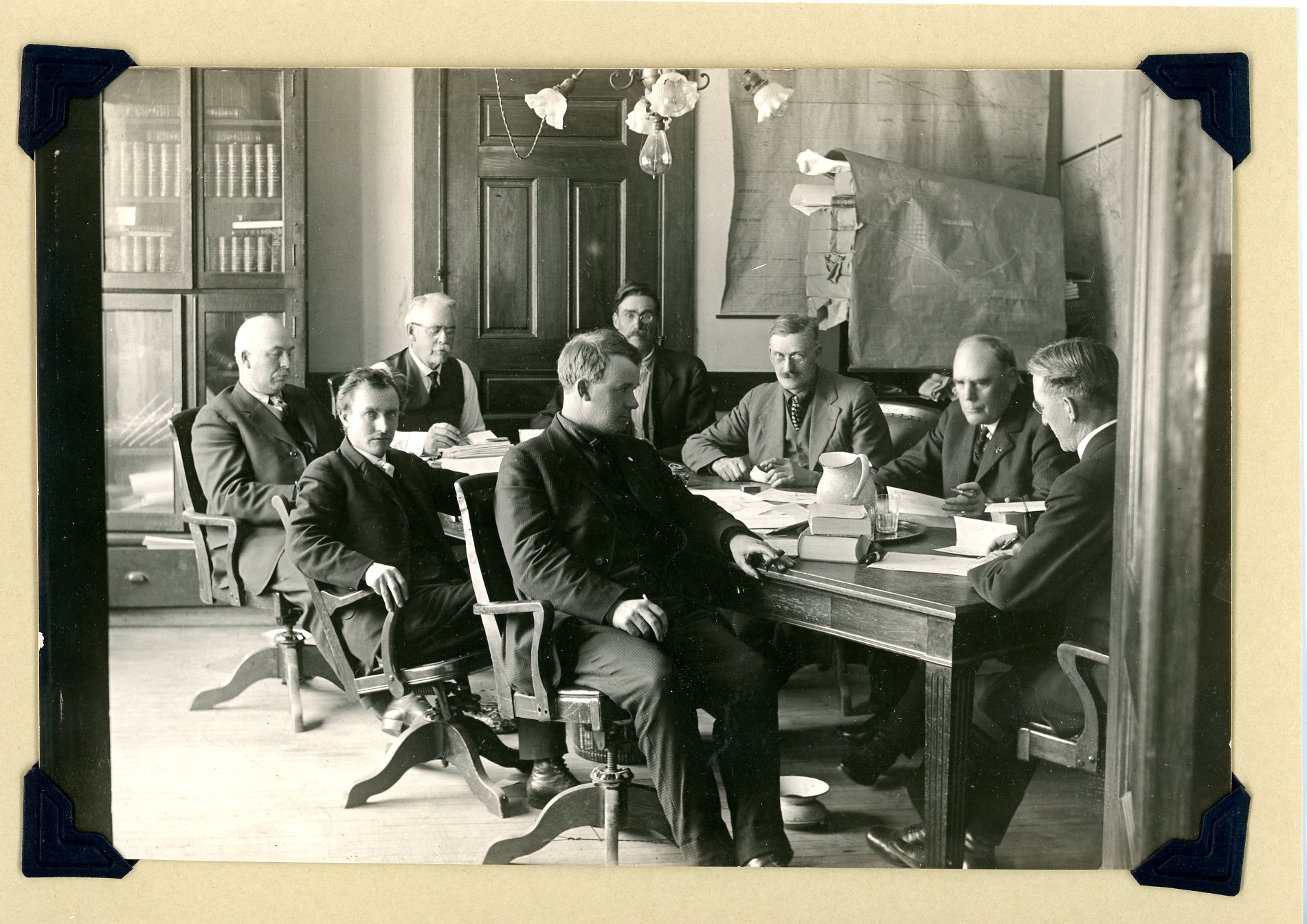
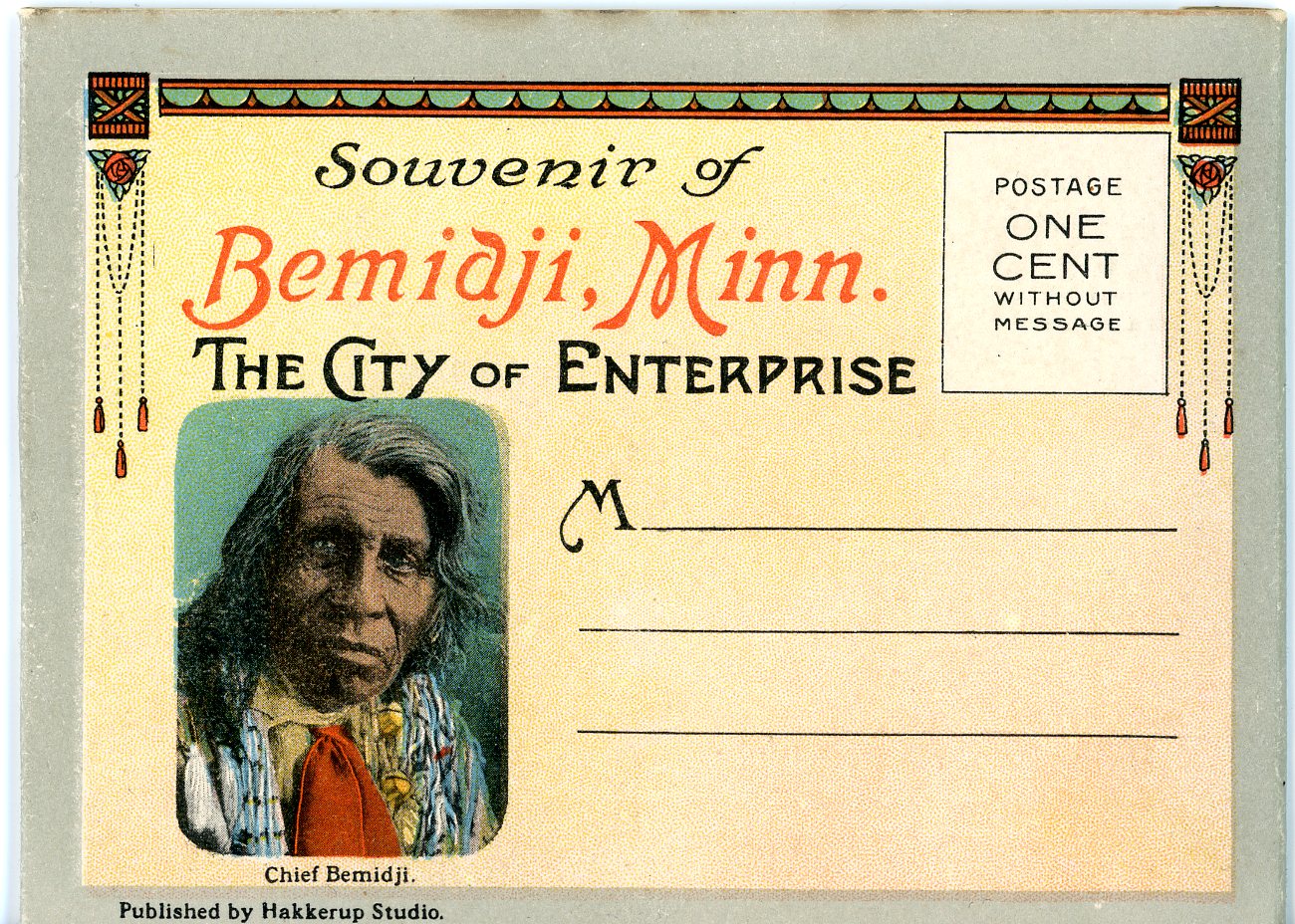
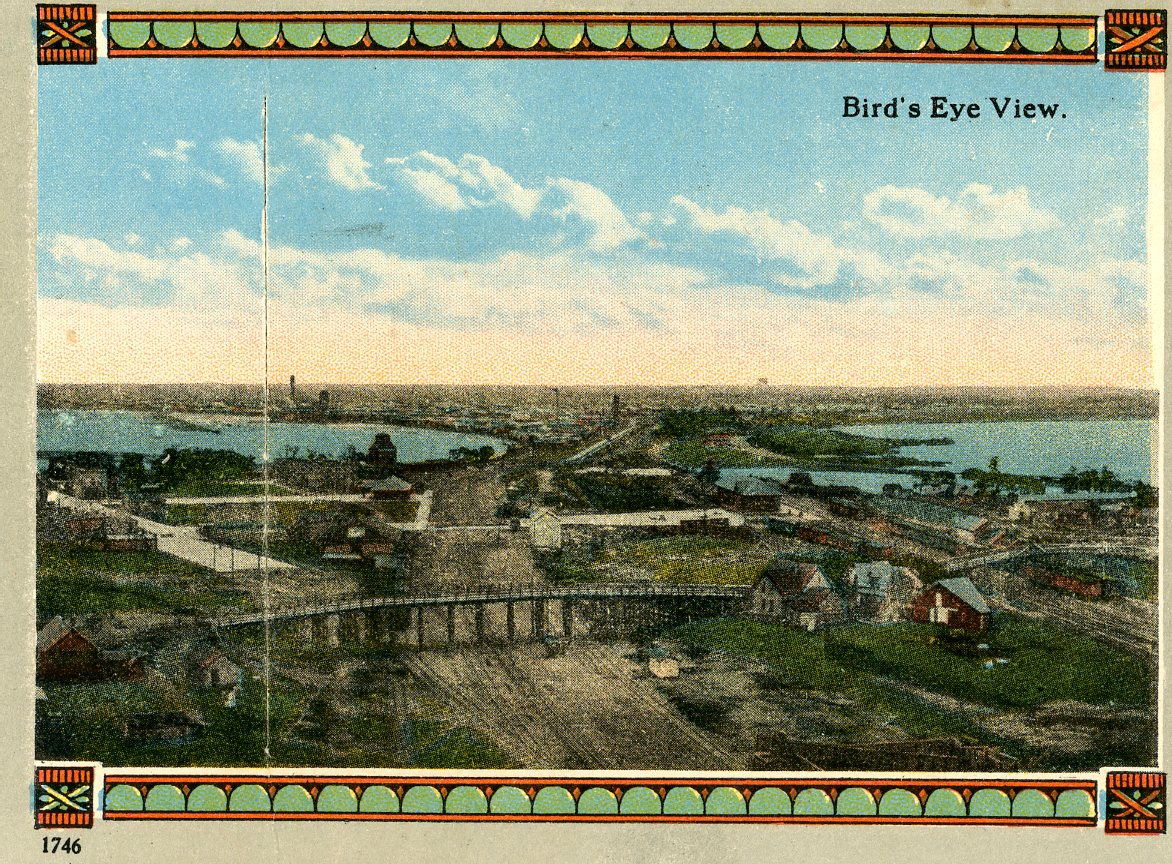
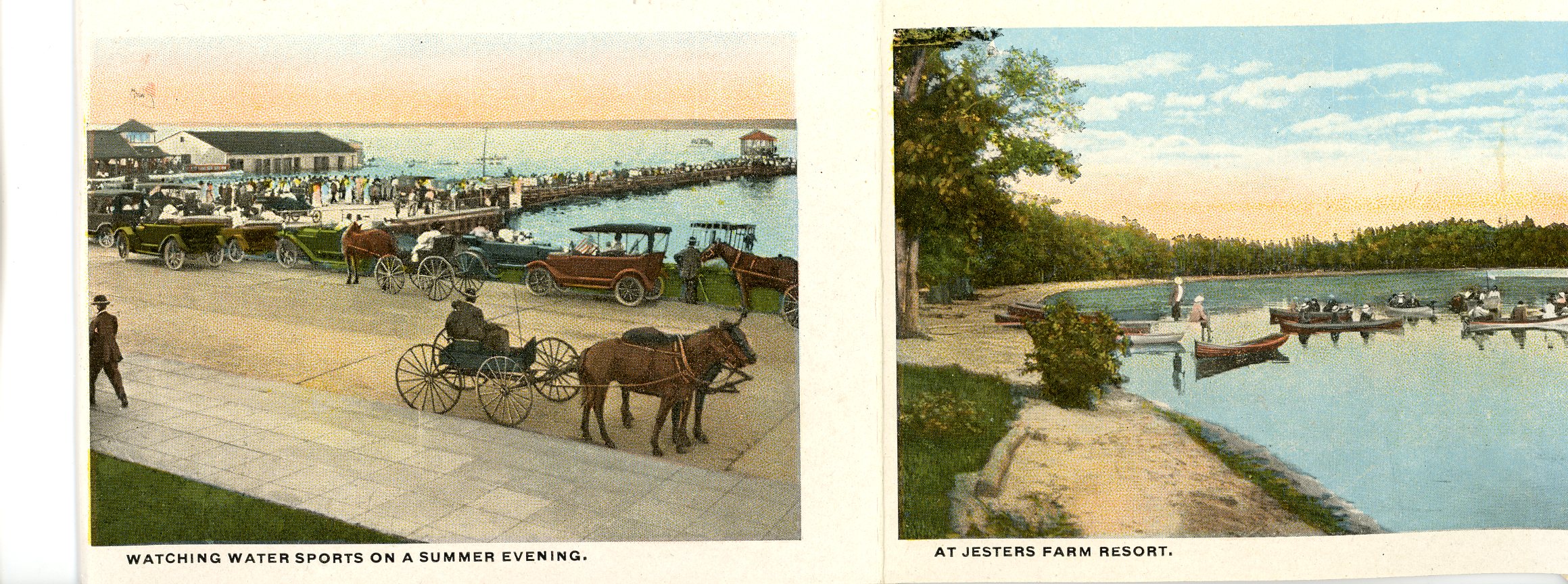
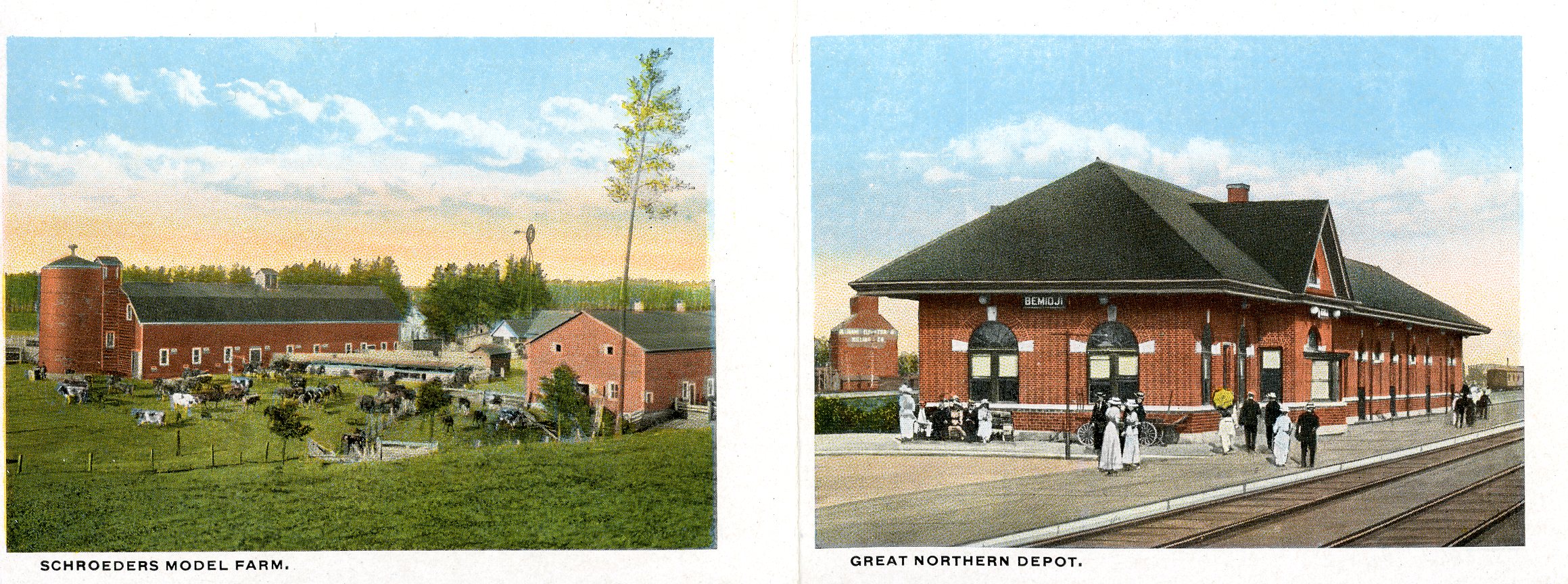
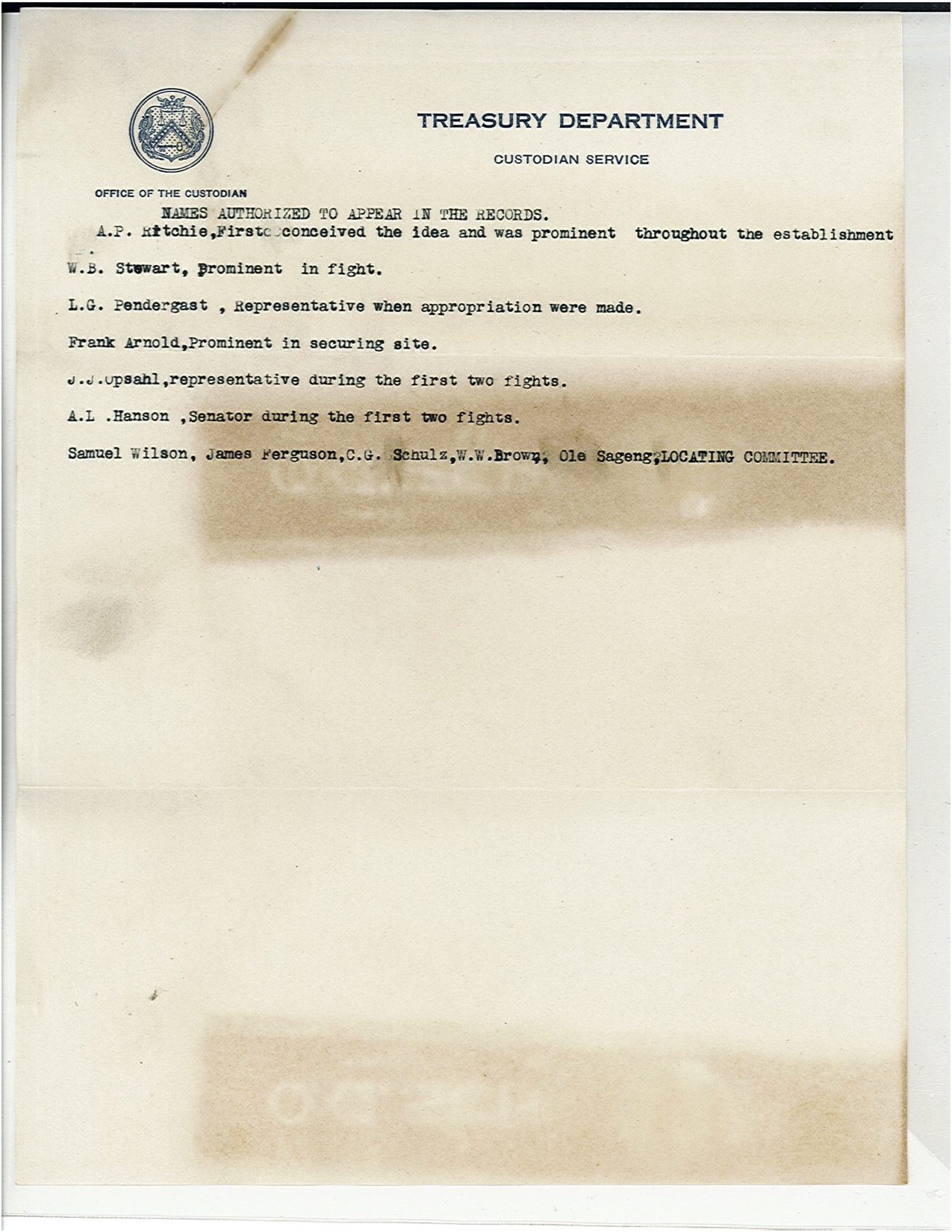
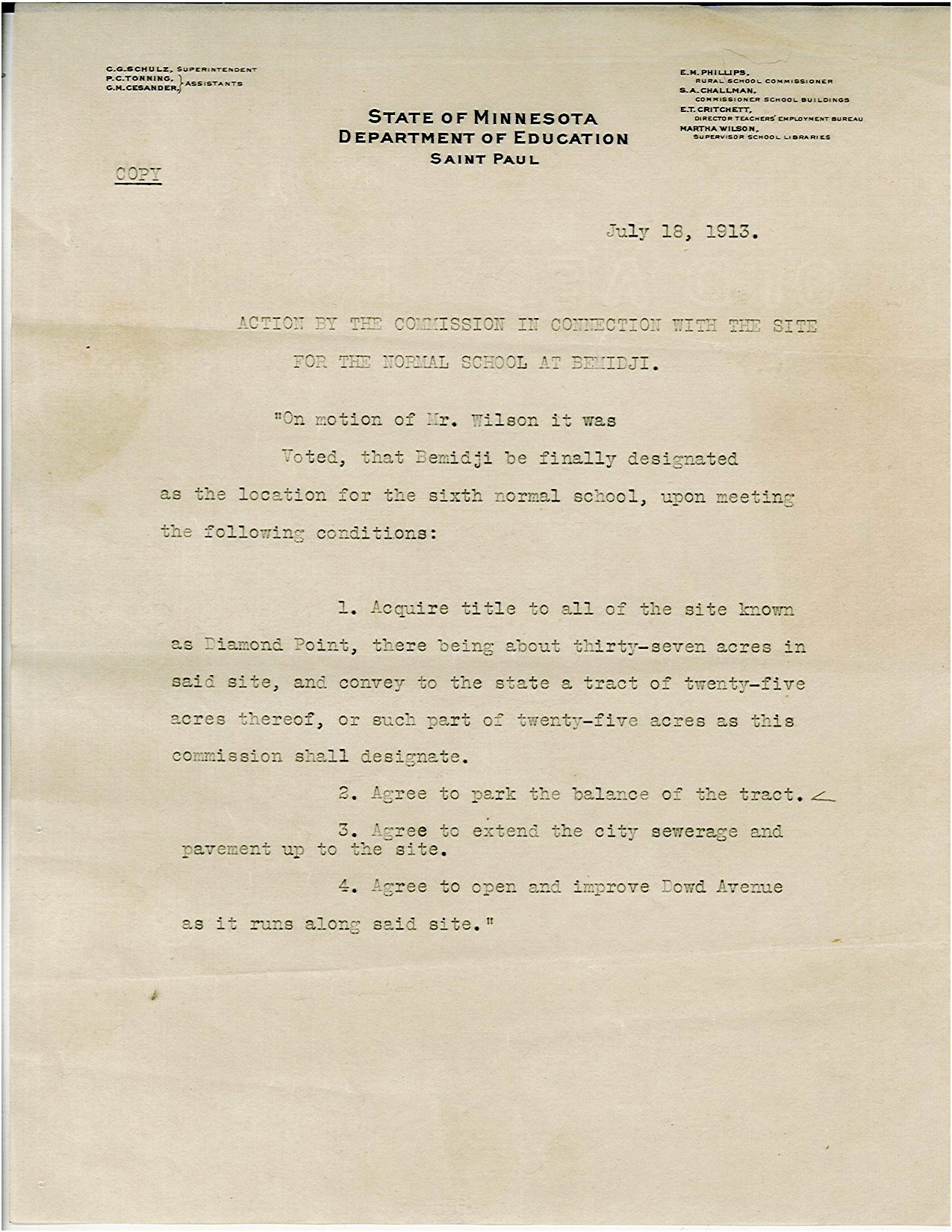
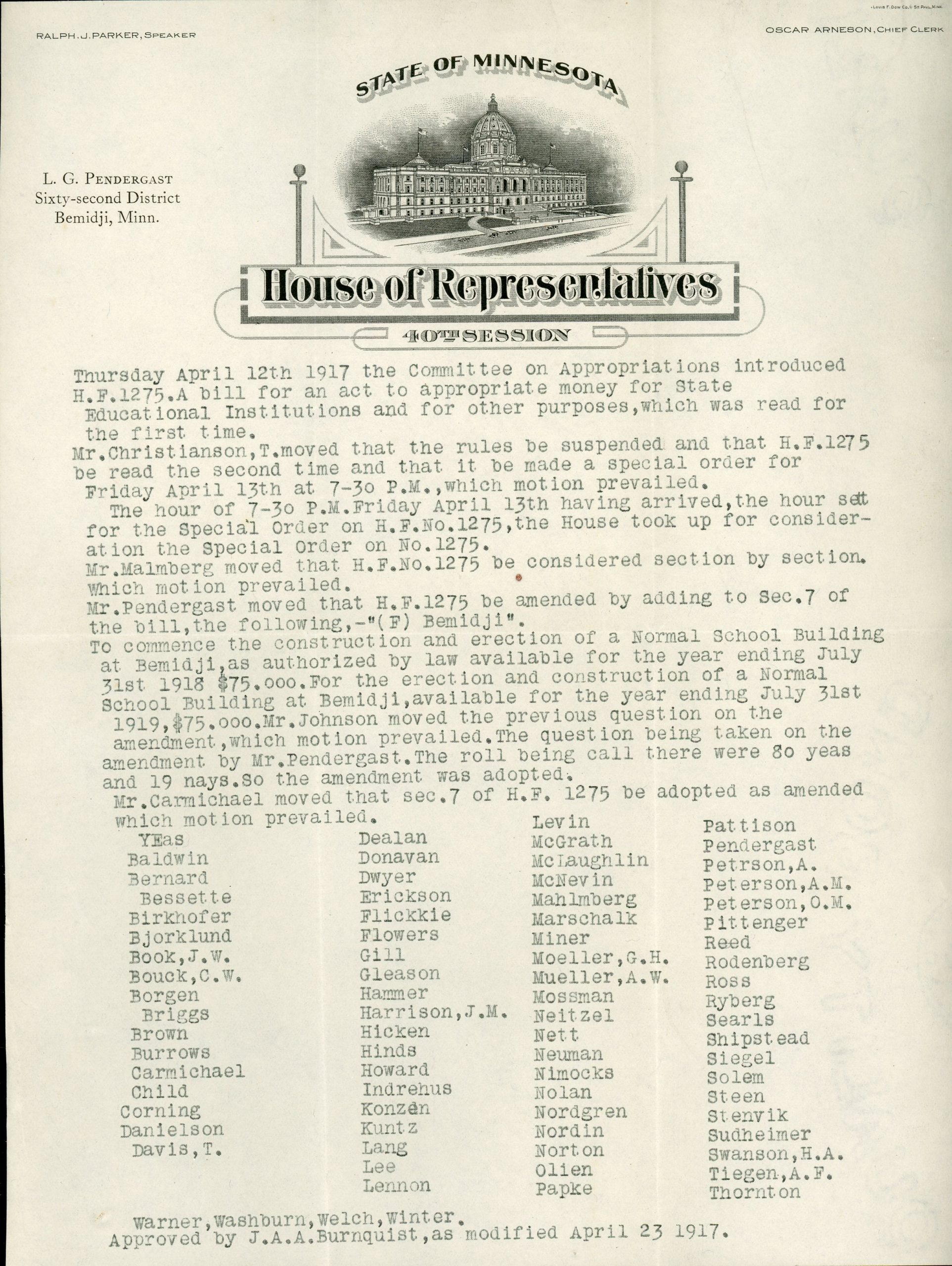
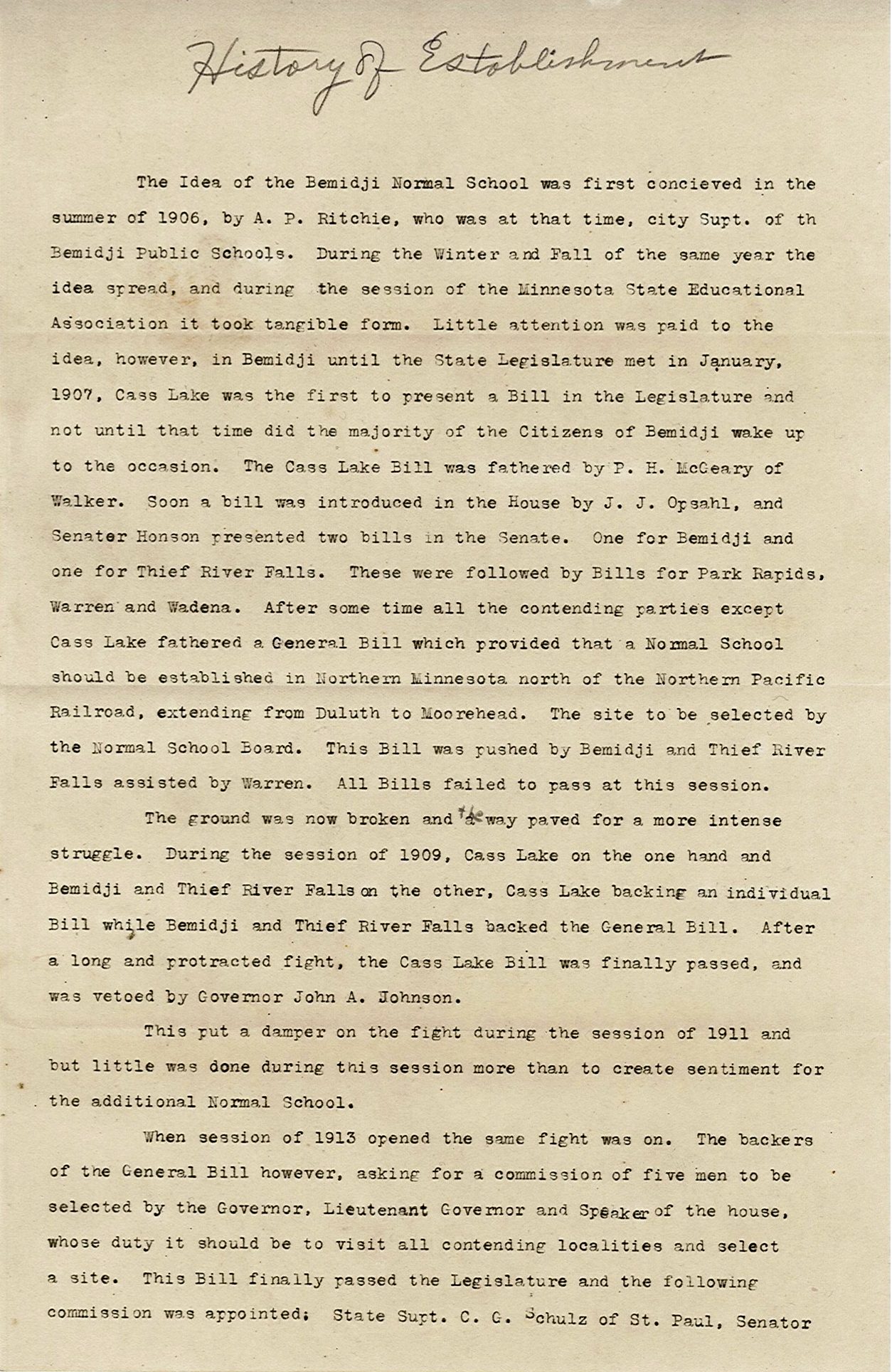
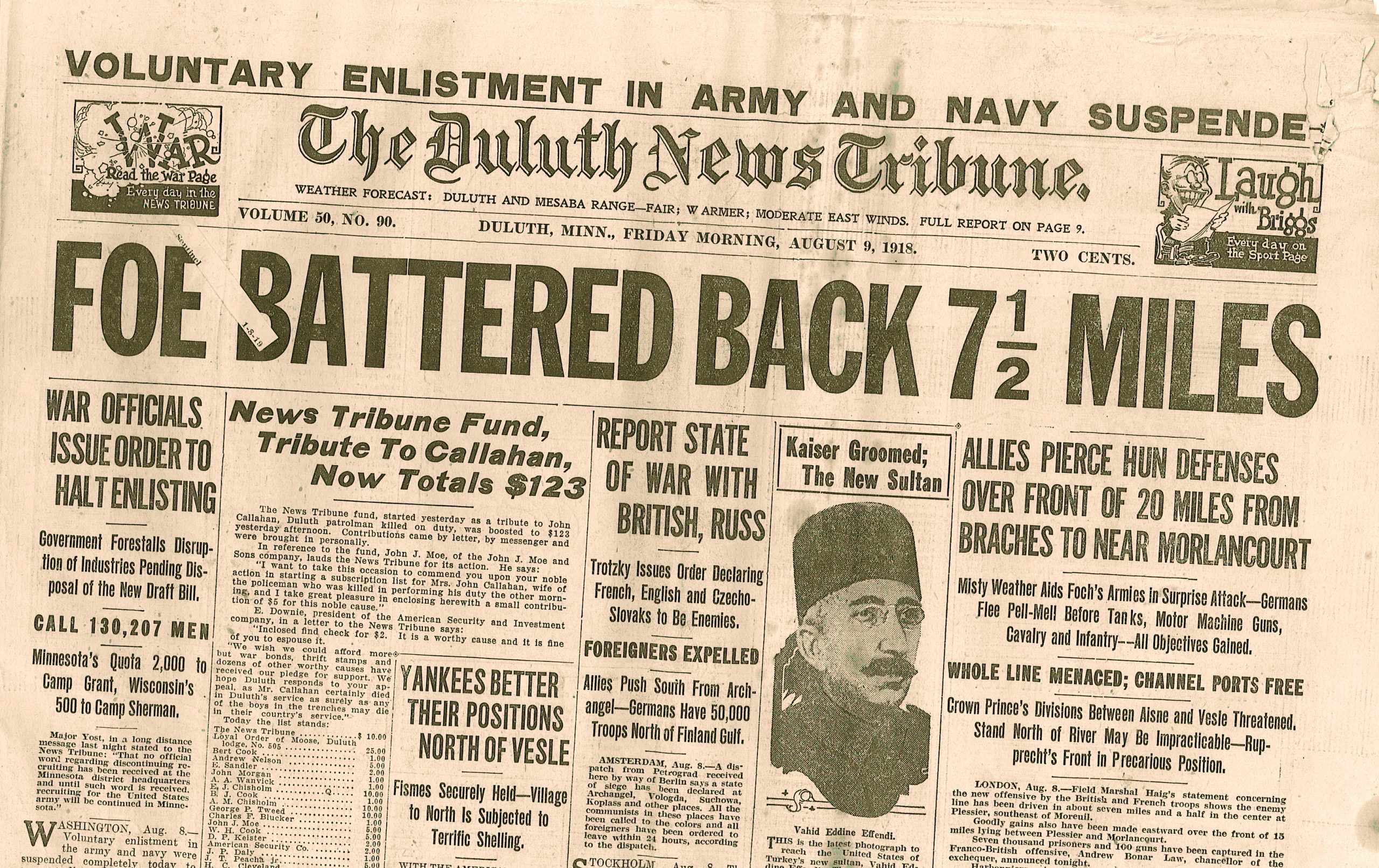
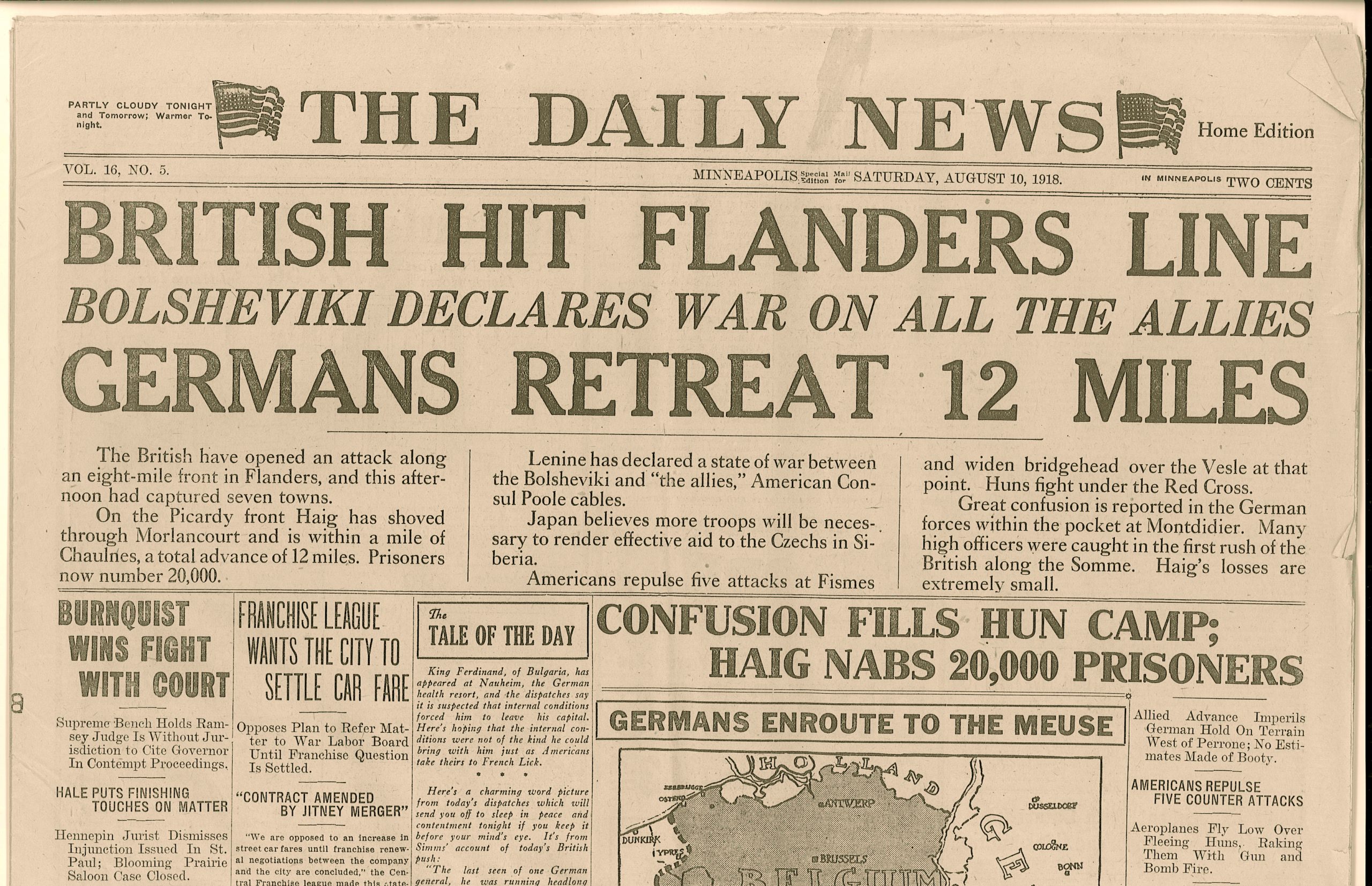
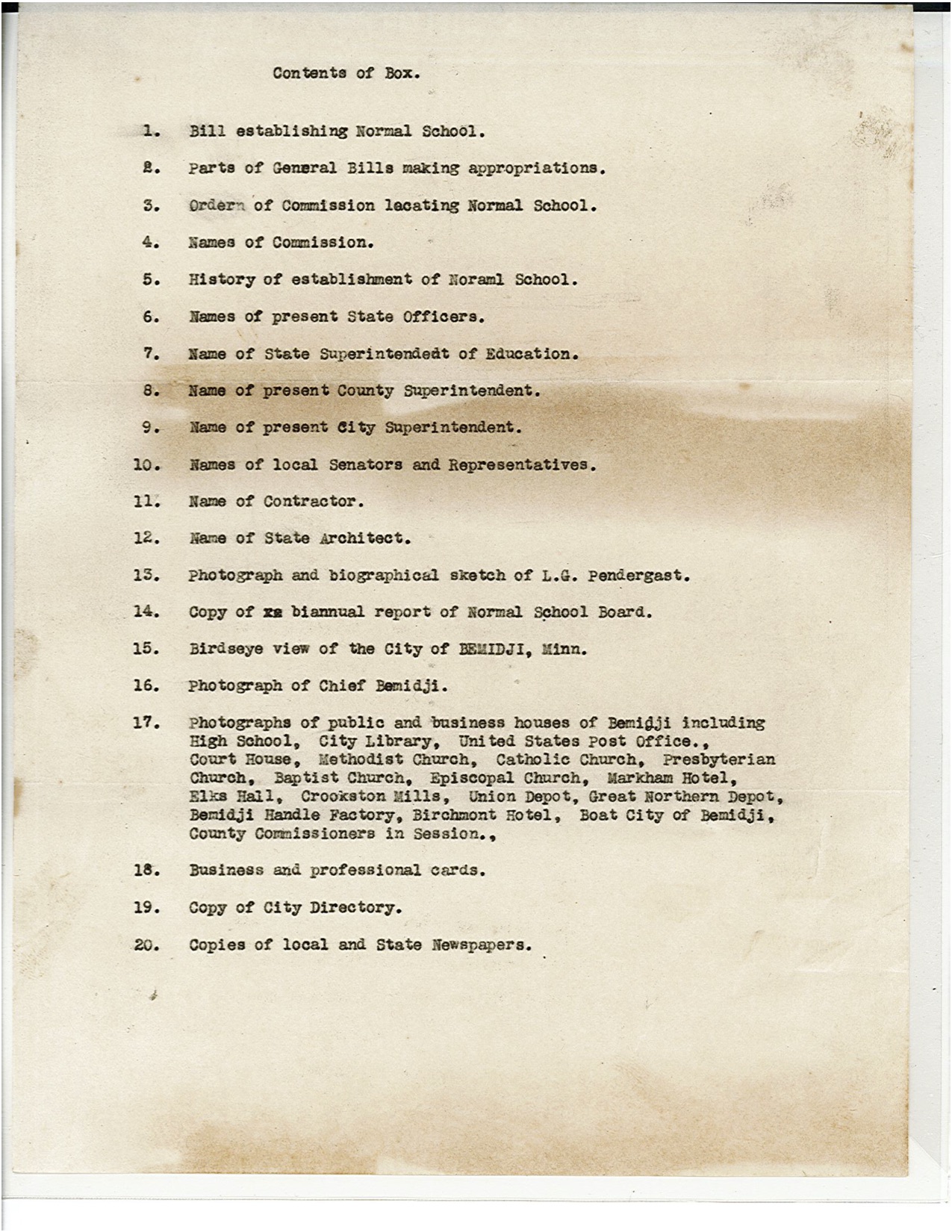
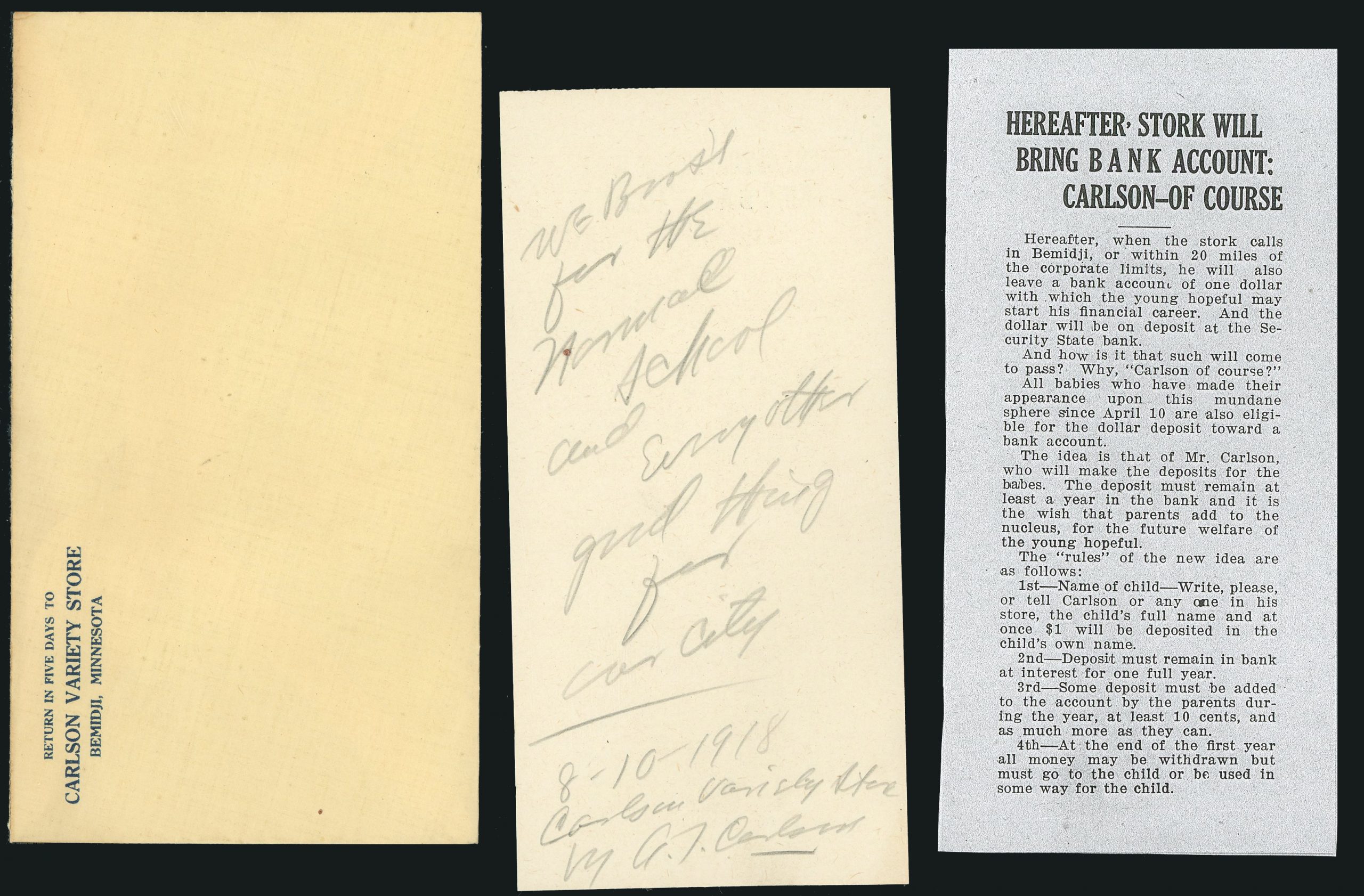
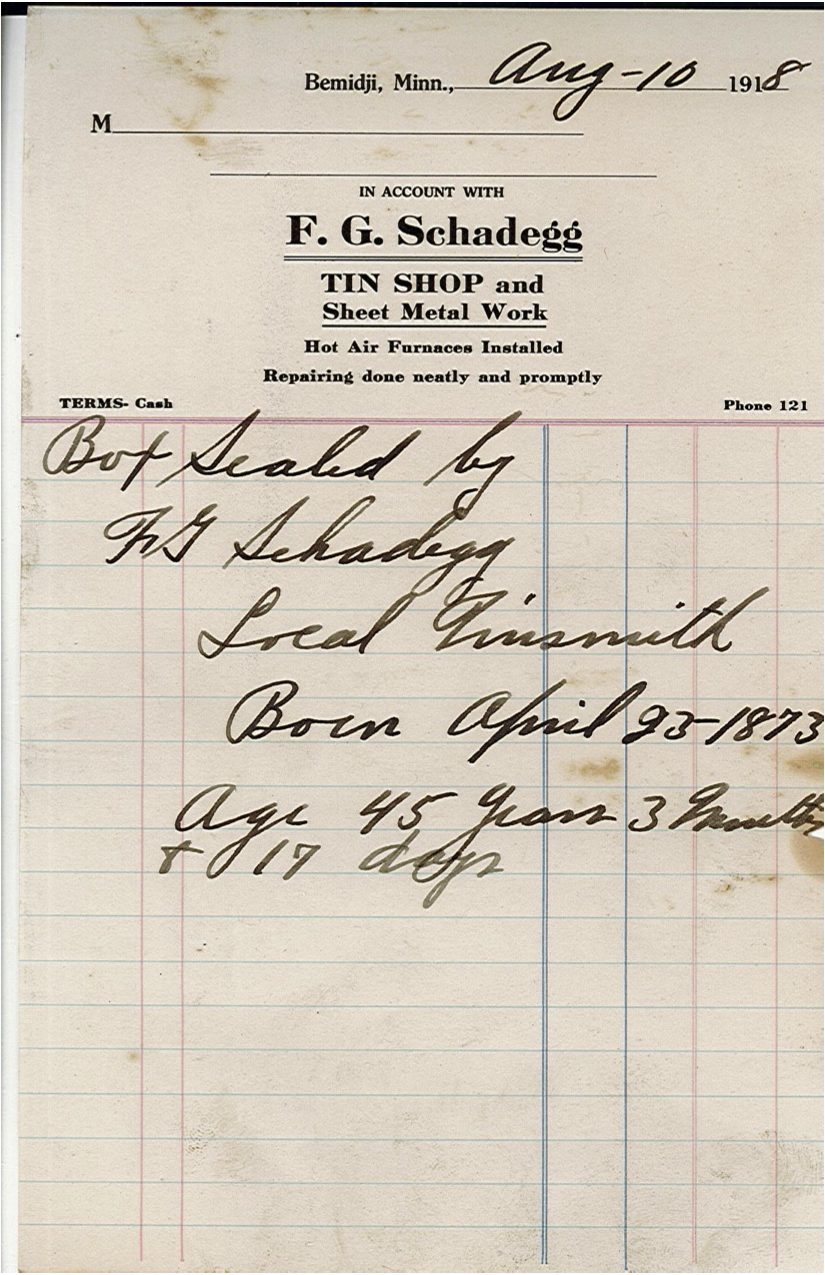
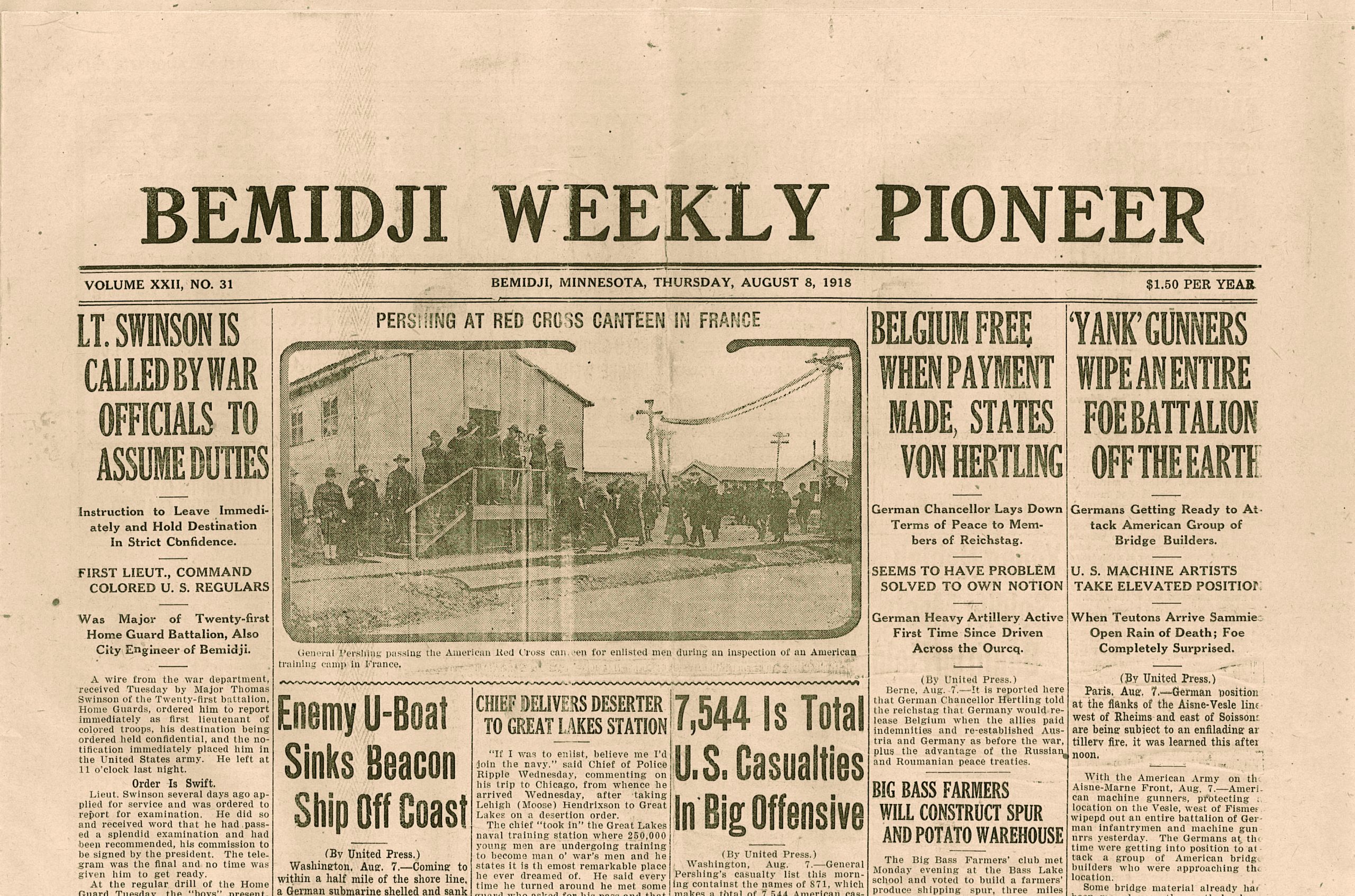
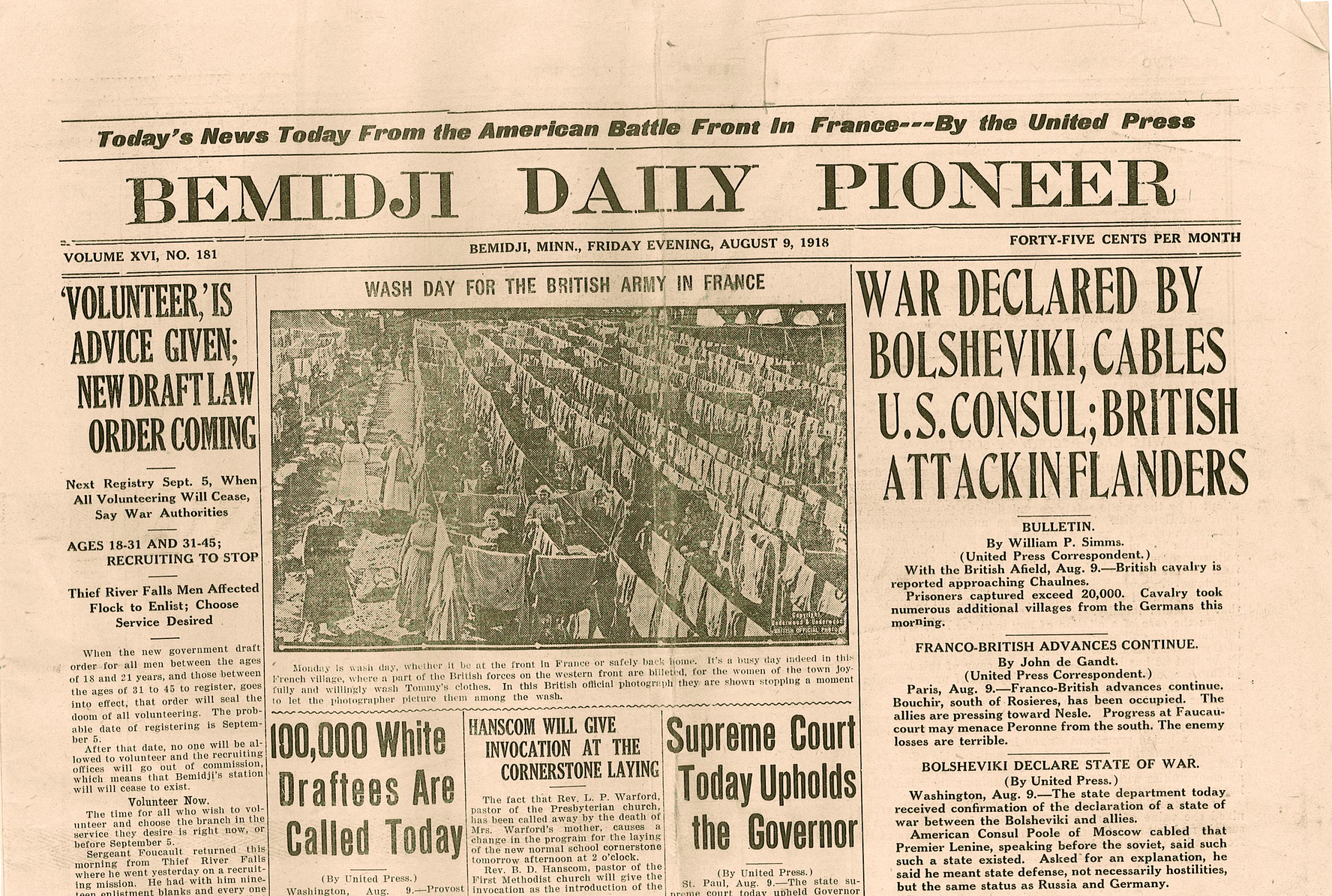
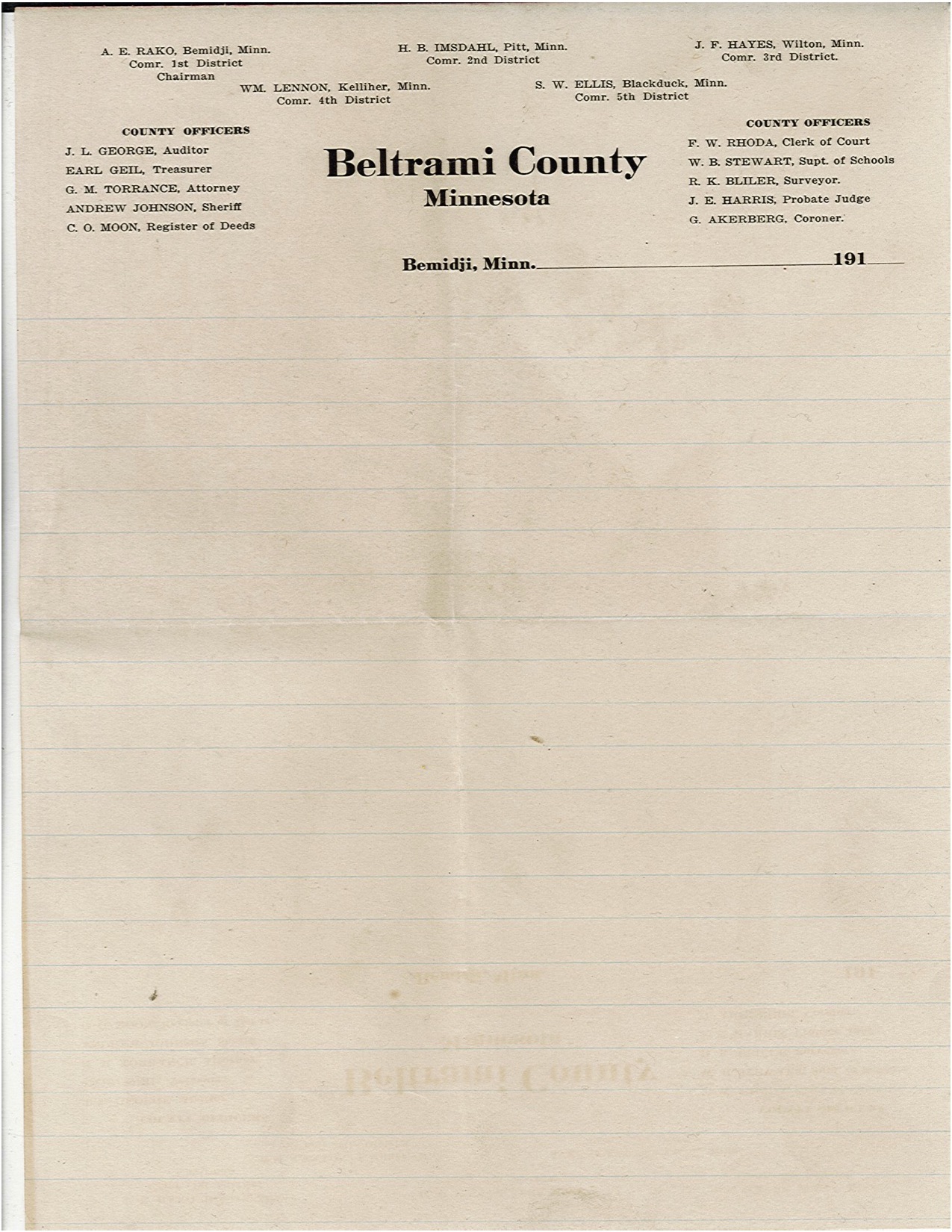
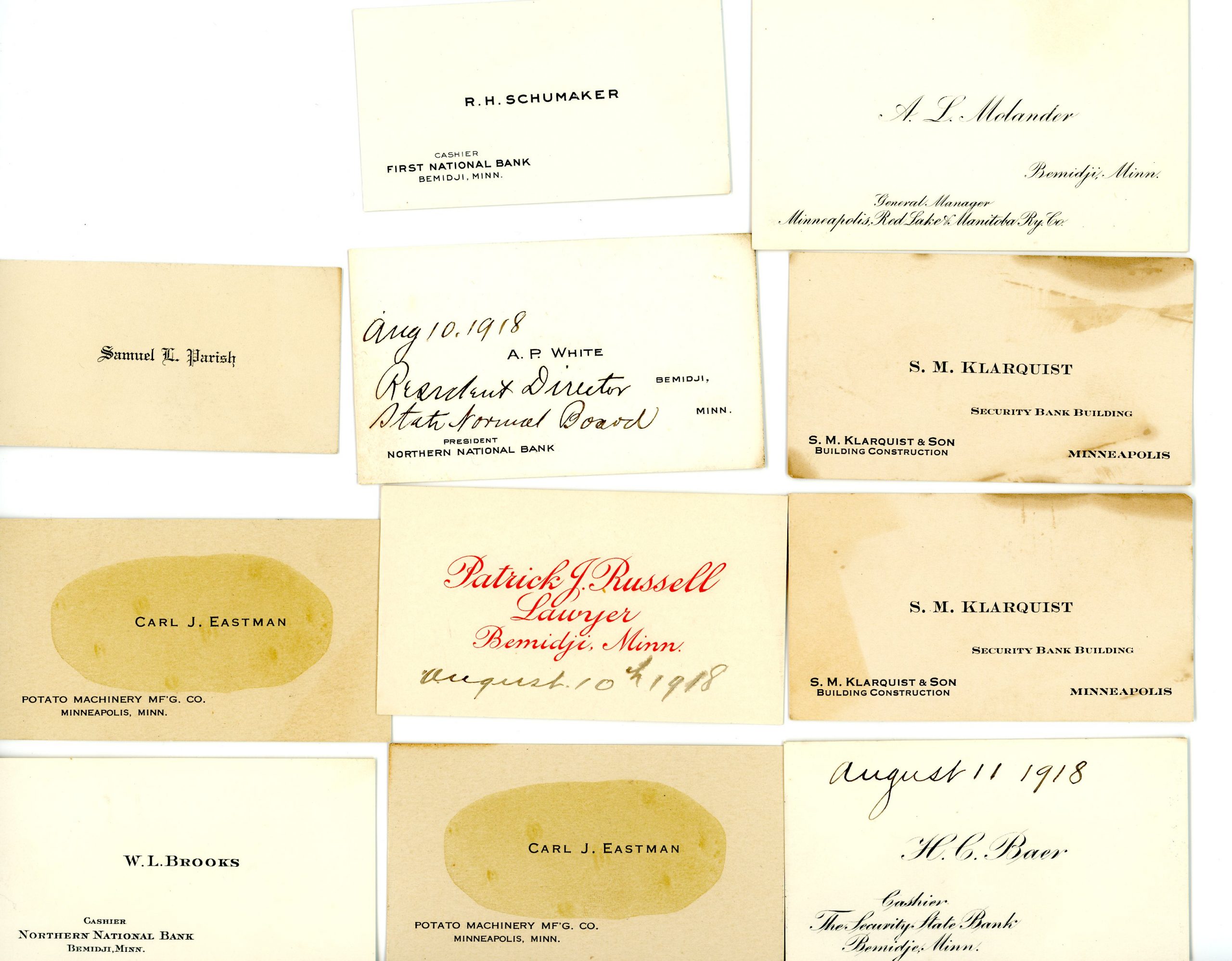
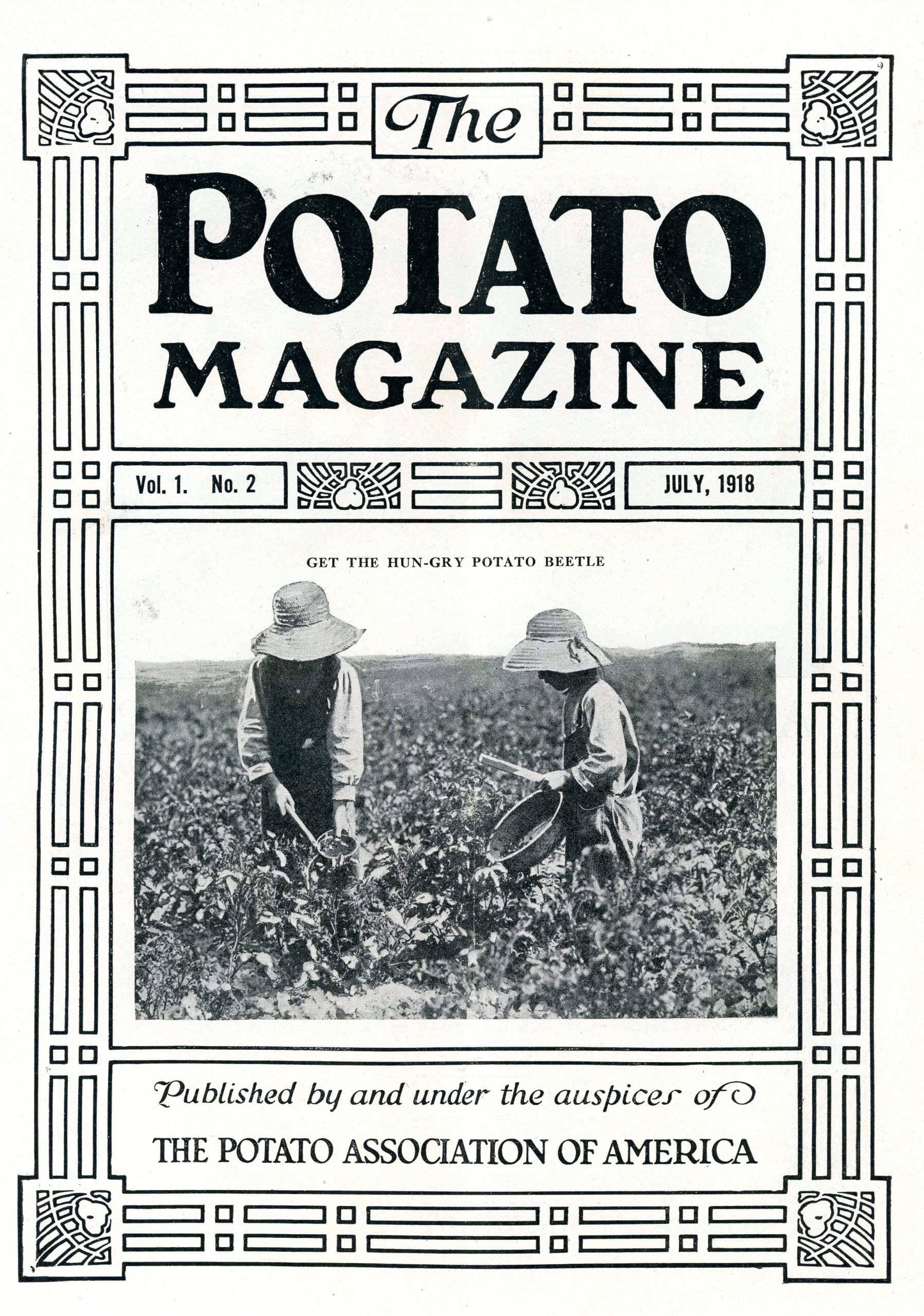
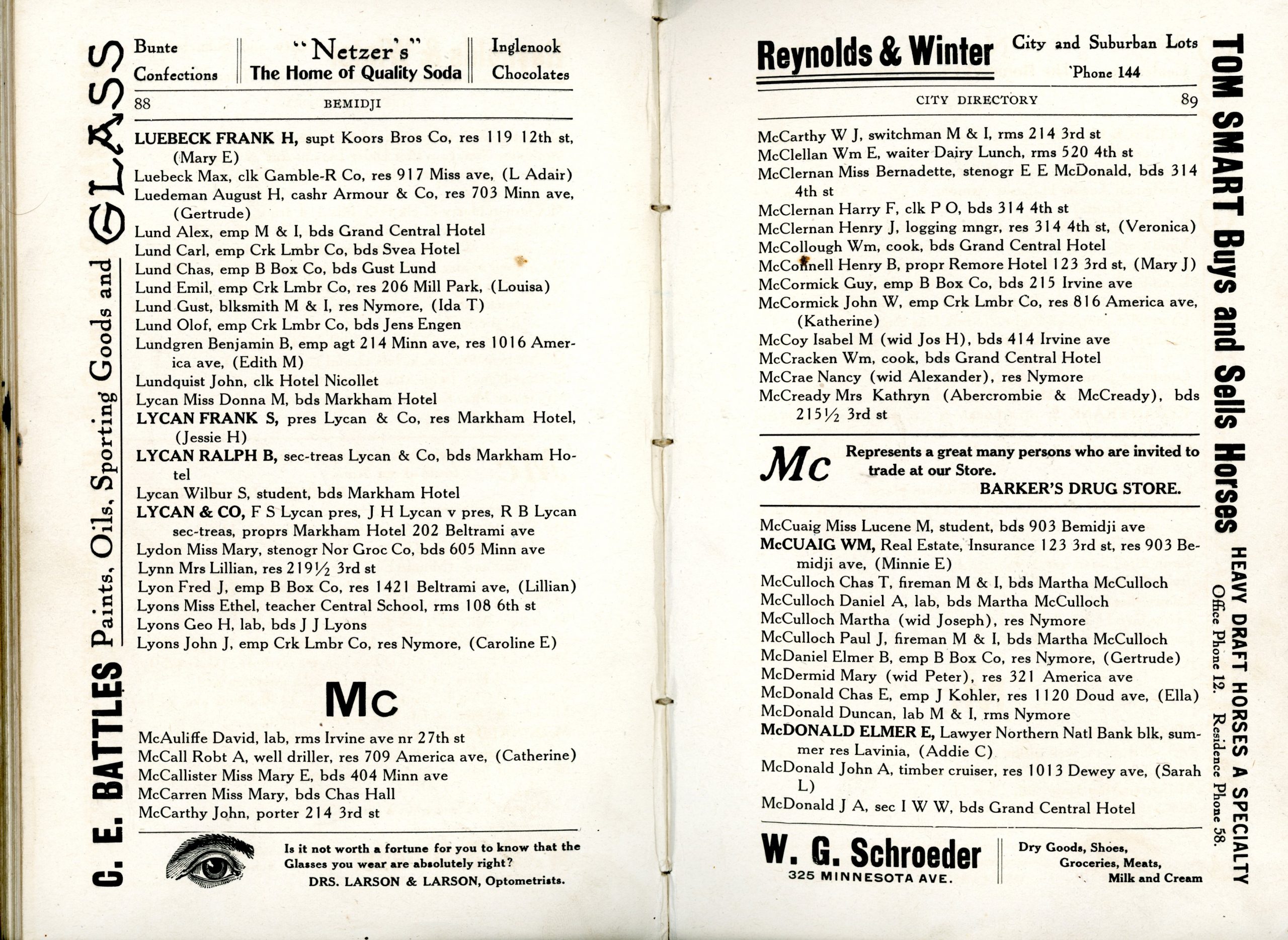
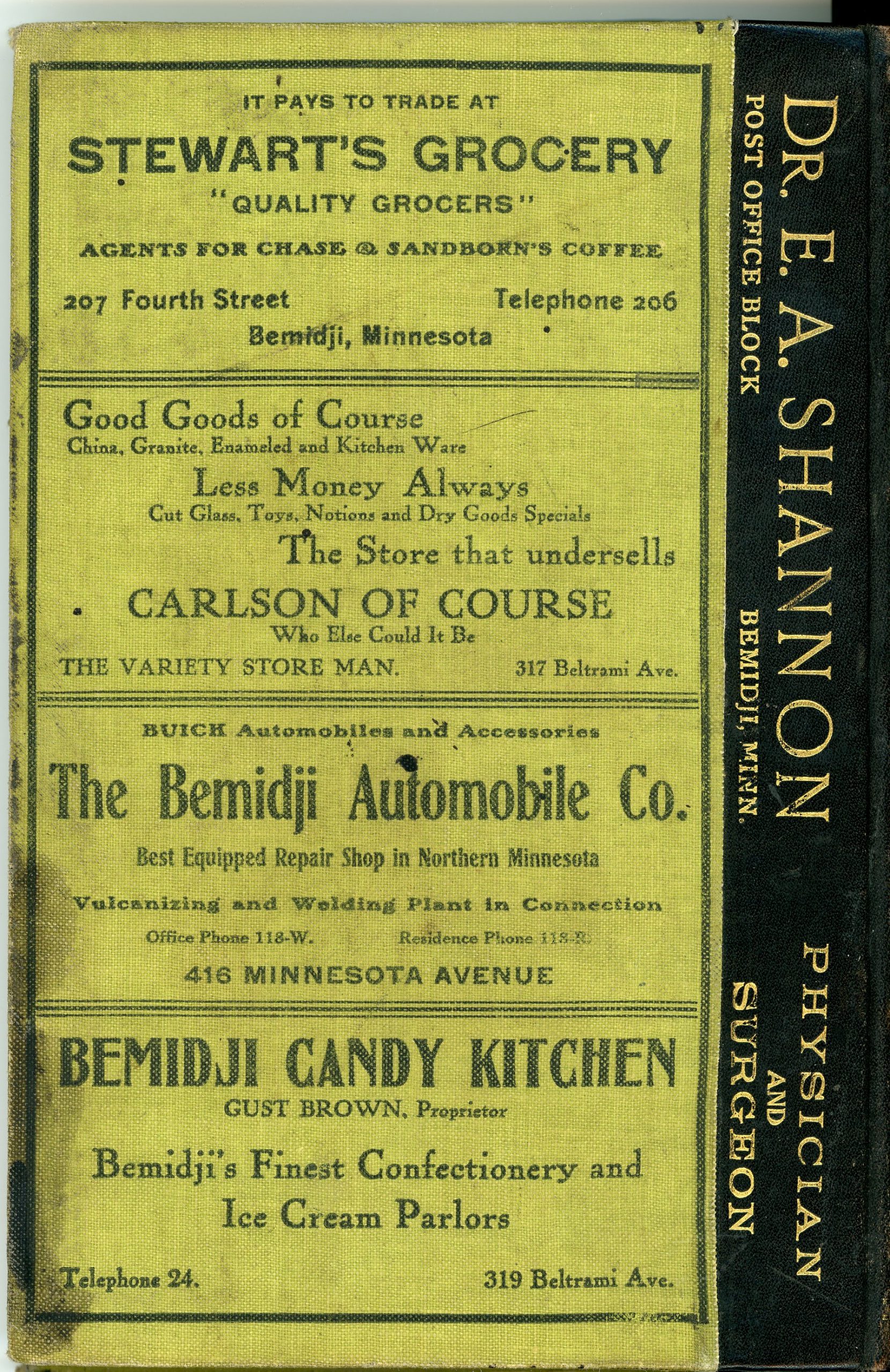
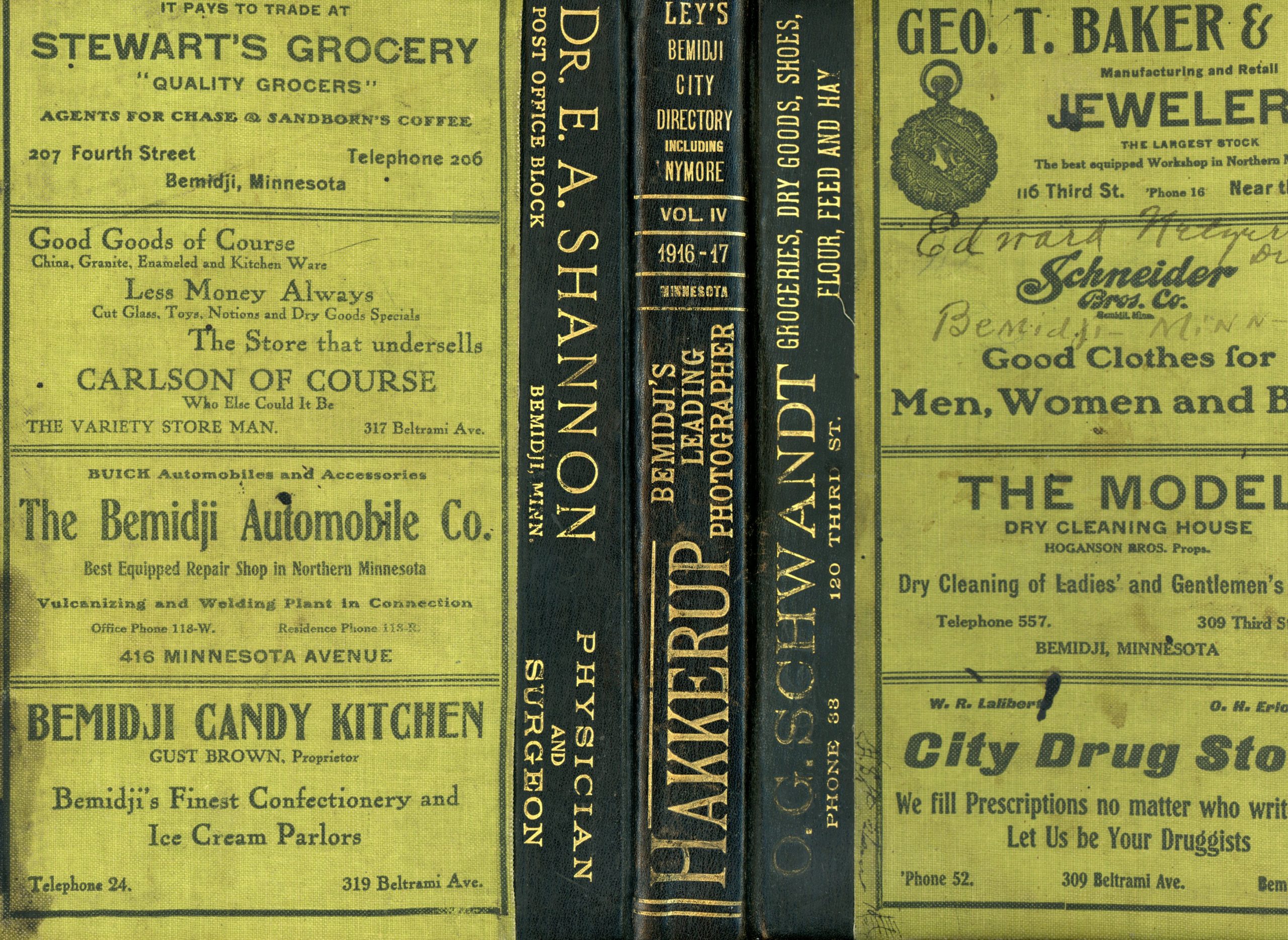
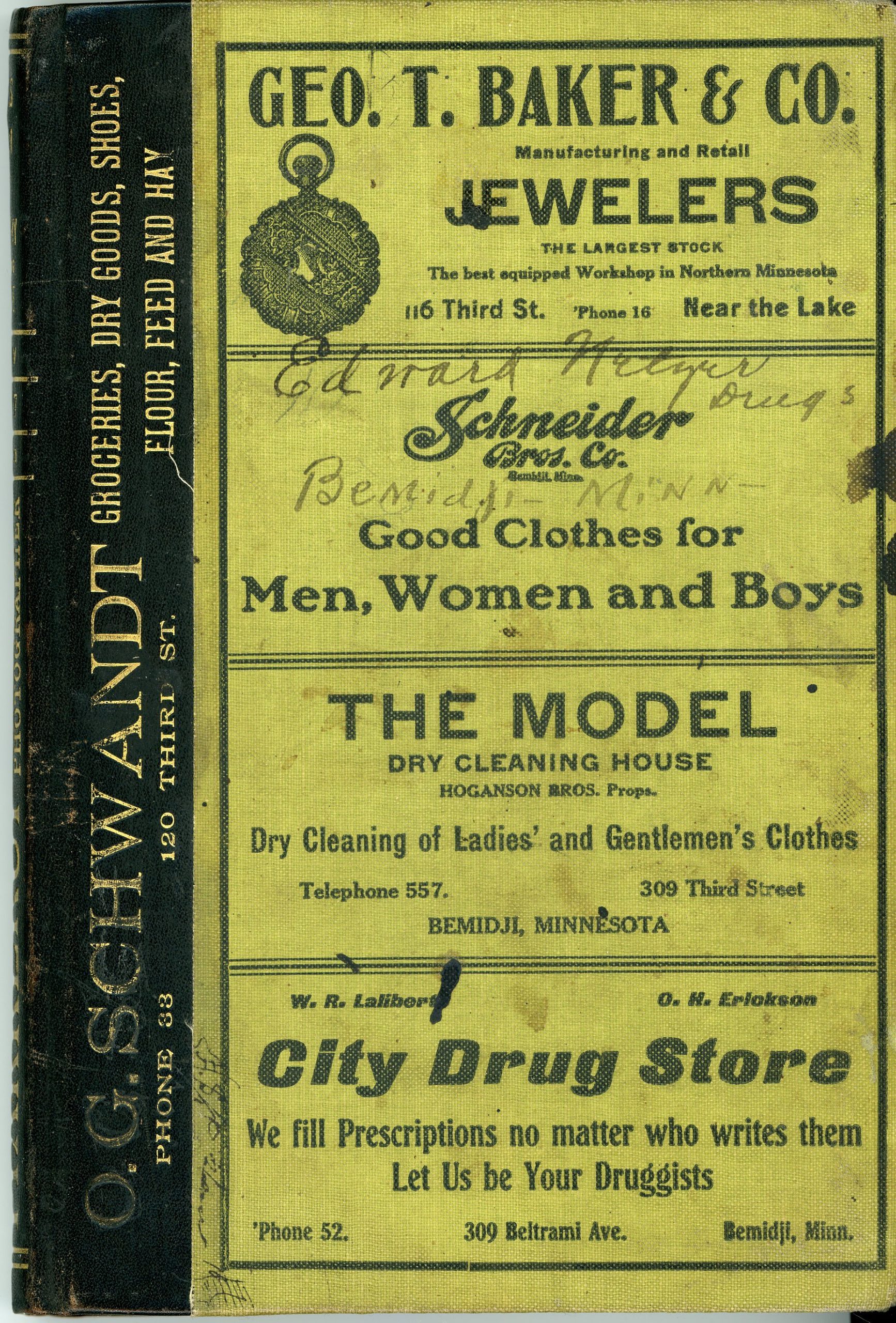
A footnote found on page 47 of Dr. Art Lee’s book, “University in the Pines,” reads, in part: “…it took a large container to accommodate all the memorabilia that went into it. As the (Bemidji) Sentinel article of August 16, 1918, read: ‘Records of practically all the proceedings connected with the development … were placed within the casket that is now covered by the cornerstone.”‘
After this reminder of the existence of a 100-year-old time capsule on campus, and finding no records that it was ever recovered or retrieved, Bemidji State’s grounds crew removed the Deputy Hall cornerstone on Sept. 9, 2019, and located the capsule.
The entire Bemidji State University community owes a debt of gratitude to the founders of this great and enduring institution, not only for the years-long campaign they waged to win the right to host Bemidji Normal School, but also for having the foresight to leave for us this priceless gift of a time capsule.
While the numerous newspapers of the day shared within — issues of the Bemidji Pioneer, Bemidji Sentinel, and other newspapers from around the state — speak prominently of the Great War being waged in Europe at the time, the message found in the time capsule is instead one of hope and pride.
At a ceremony to dedicate BSU’s 2019 time capsule, after which the contents of this capsule were publicly unveiled for the first time, President Hensrud spoke to that message of hope.
“While the contents of this time capsule show us that much has changed in Bemidji over the last 100 years, the pride we feel today for our university and for the city we call home continues — as strong as it has ever been.“
In total, the brass box — sealed by local tinsmith F.G. Schadegg on August 10, 1918, as stated on the enclosed handwritten receipt — contained more than two dozen artifacts. Included were copies of the bill establishing Bemidji as the site of Minnesota’s sixth normal school; a record of all legislators who voted in favor of the bill’s passage; a document called “History of Establishment” which recapped the legislative battle between Bemidji, Cass Lake and Thief River Falls for the right to host the school; and various photos, postcards and directories that provided a glimpse into the 1918 version of Bemidji.
Contents of this time capsule were included in BSU’s Centennial history display in the Ramsey Gallery of the Bangsberg Fine Arts Complex, and also were on display at the 2019 Honors Gala at Bemidji’s Sanford Center.
History of Establishment
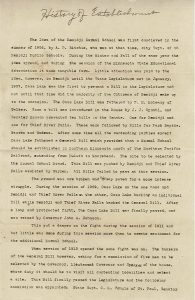
This document, called “History of Establishment,” was one of the many historical documents found in the 1918 time capsule left by Bemidji Normal School’s founders in the Deputy Hall cornerstone. It is presented here precisely as it was typed more than 100 years ago, in the spring of 1918. On the list included in the time capsule, “Contents of Box.”, this document is Number 5, “History of establishment of Normal School.”
The Idea of the Bemidji Normal School was first conceived in the summer of 1906, by A. P. Ritchie, who was at that time, city Supt. of th Bemidji Public Schools. During the Winter and Fall of the same year the idea spread, and during the session of the Minnesota State Educational Association it took tangible form. Little attention was paid to the idea, however, in Bemidji until the State Legislature met in January, 1907, Cass Lake was the first to present a Bill in the Legislature and not until that time did the majority of Citizens of Bemidji wake up to the occasion. The Cass Lake Bill was fathered by P. H. McGeary of Walker. Soon a bill was introduced in the House by J. J. Opsahl, and Senator Honson presented two bills in the Senate. One for Bemidji and one for Thief River Falls. These were followed by Bills for Park Rapids, Warren and Wadena. After some time all the contending parties except Cass Lake fathered a General Bill which provided that a Normal School should be established in Northern Minnesota north of the Northern Pacific Railroad, extending from Duluth to Moorhead. The site to be selected by the Normal School Board. This Bill was pushed by Bemidji and Thief River Falls assisted by Warren. All Bills failed to pass at this session.
The ground was now broken and the way paved for a more intense struggle. During the session of 1909, Cass Lake backing an individual Bill while Bemidji and Thief River Falls backed the General Bill. After a long and protracted fight, the Cass Lake Bill was finally passed, and was vetoed by Governor John A. Johnson.
This put a damper on the fight during the session of 1911 and but little was done during this session more than to create a sentiment for the additional Normal School.
When session of 1913 opened the same fight was on. The backers of the General Bill however, asking for a commission of five men to be selected by the Governor, Lieutenant Governor and Speaker of the house, whose duty it should be to visit all contending localities and select Ole Sageng of Dalton, Hon. W. W. Brown of St. James, Hon. Samuel Wilson of Mankato and Hon James Ferguson of Duluth. During the following summer of 1913, the commission visited the several proposed locations and after due deliberation finally selected Bemidji as the location. The City of Bemidji granting to the State of Minnesota the site which is estimated at not less than $30,000.00.
The Bill creating the school d i not carry with it any appropriation. During the session of 1916, the Legislature appropriated the sum of $25,000 to begin the construction and erection of a building. This was not used at this time.
The session of 1917, opened with considerable opposition to any further appropriation for the erection of a building at this time. L. G. Pendergast of this City went to the session with but one object in view that was for a substantial appropriation. The odds seemed against him but with superhuman efforts he persuaded the Legislature to appropriate the sum of $150,000.00. This amount was cut by Governor J. A. A. Burnquist to $75,000.00. With this amount the Board of Control, , at the suggestion of The Normal School Board began the construction of the main building in May, 1918.
Committee.
Action by the Commission
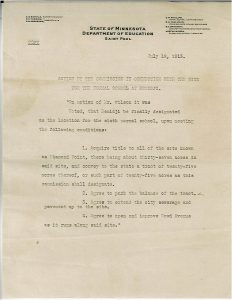
This memo on State of Minnesota Department of Education letterhead, marked “COPY” and dated July 18, 1913, officially established Bemidji as the site of Minnesota’s sixth Normal School. It read:
ACTION BY THE COMMISSION IN CONNECTION WITH THE SITE FOR THE NORMAL SCHOOL AT BEMIDJI.
“On motion of Mr. Wilson, it was Voted, that Bemidji be finally designated as the location for the sixth normal school, upon meeting the following conditions:
1. Acquire title to all of the site known as Diamond Point, there being about thirty-seven acres in said site, and convey to the state a tract of twenty-five acres thereof, or such part of twenty-five acres as this commission shall designate.
2. Agree to park the balance of the tract.
3. Agree to extend the city sewerage and pavement up to the site.
4. Agree to open and improve Dowd Avenue as it runs along said site.”
